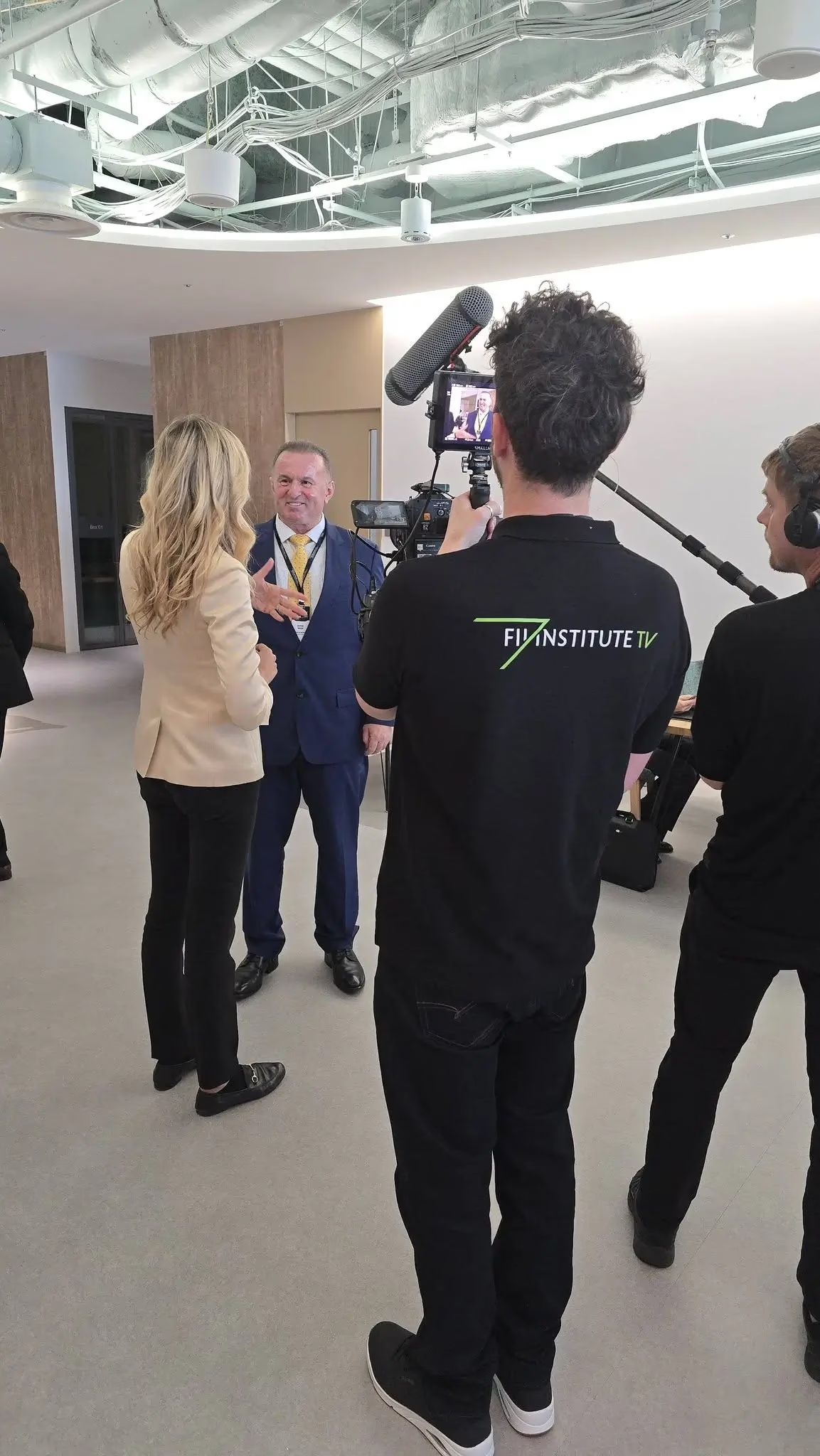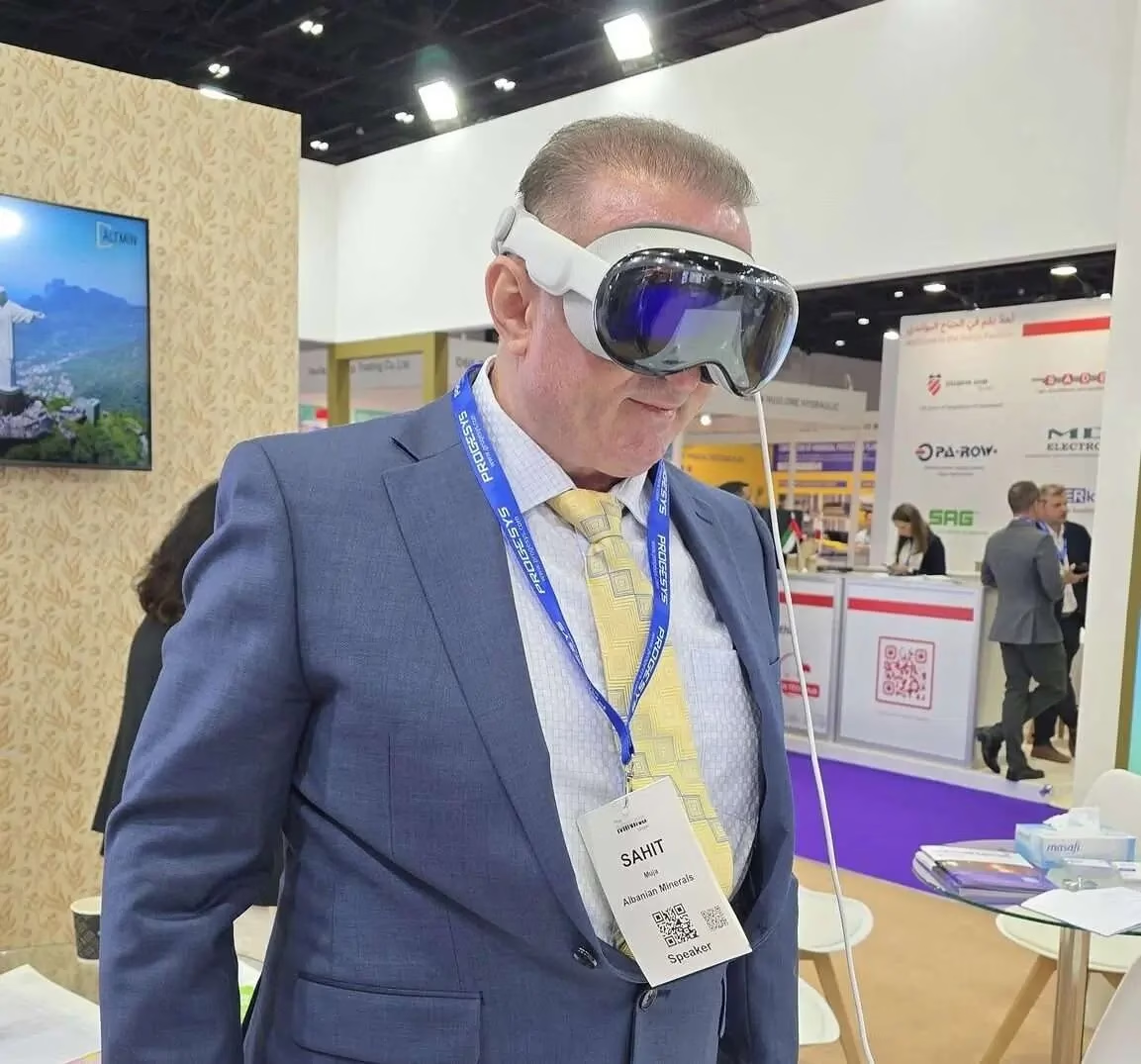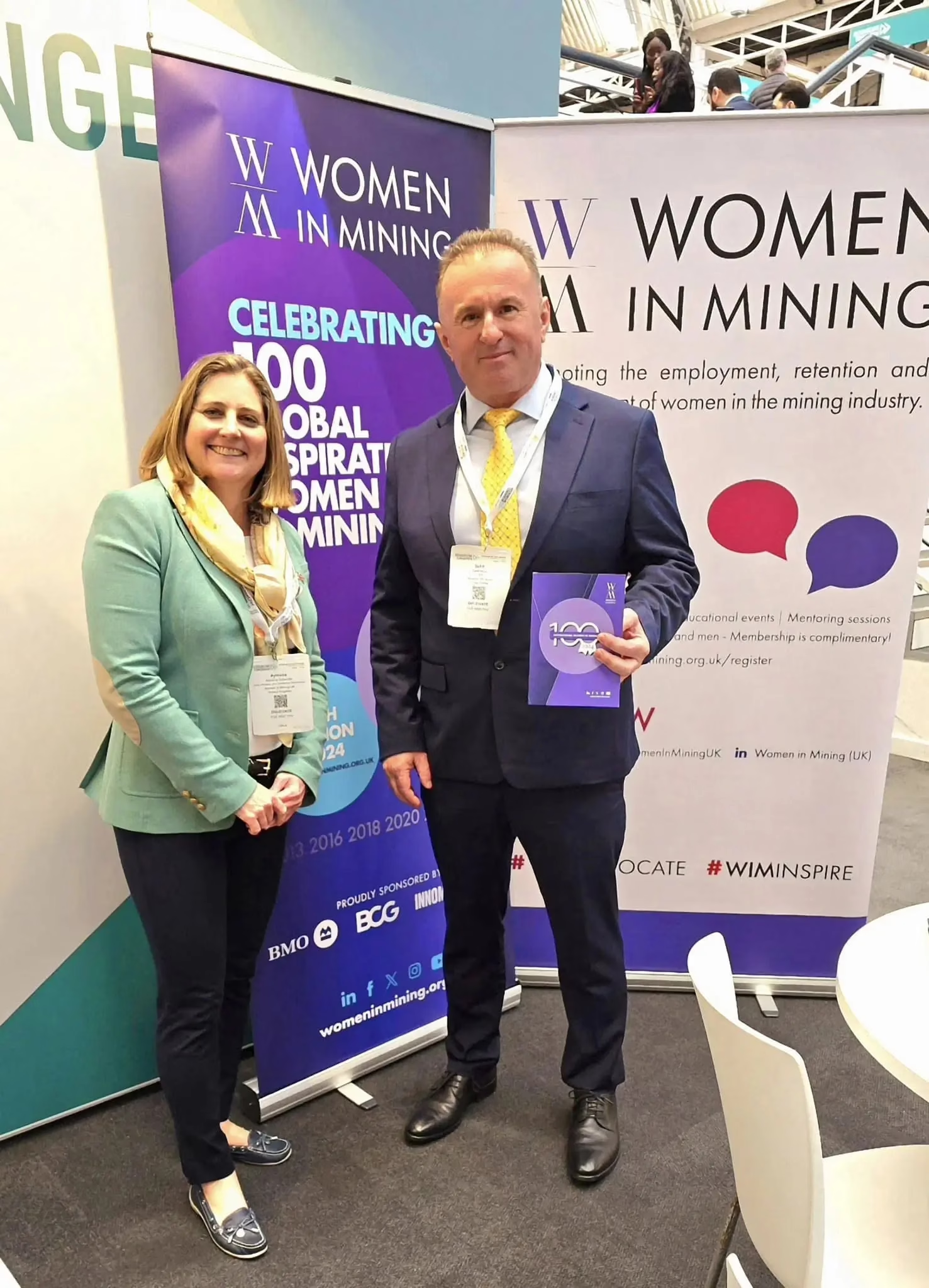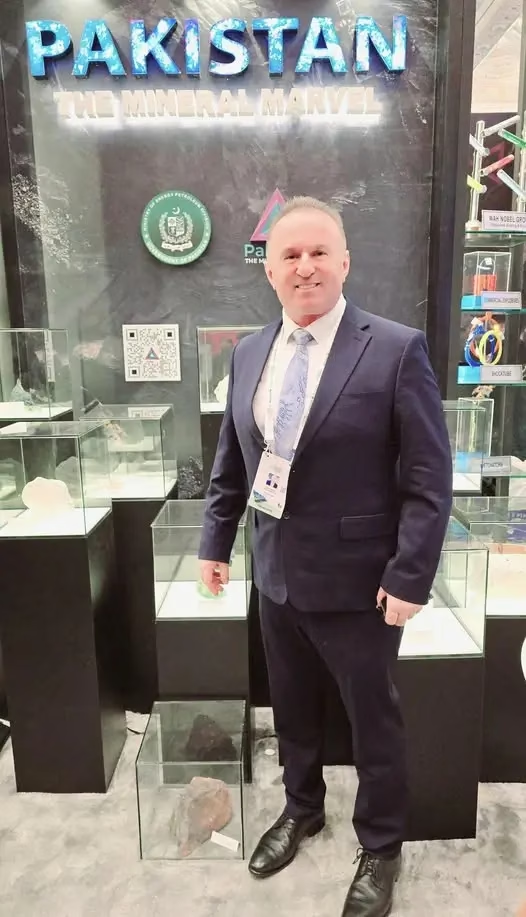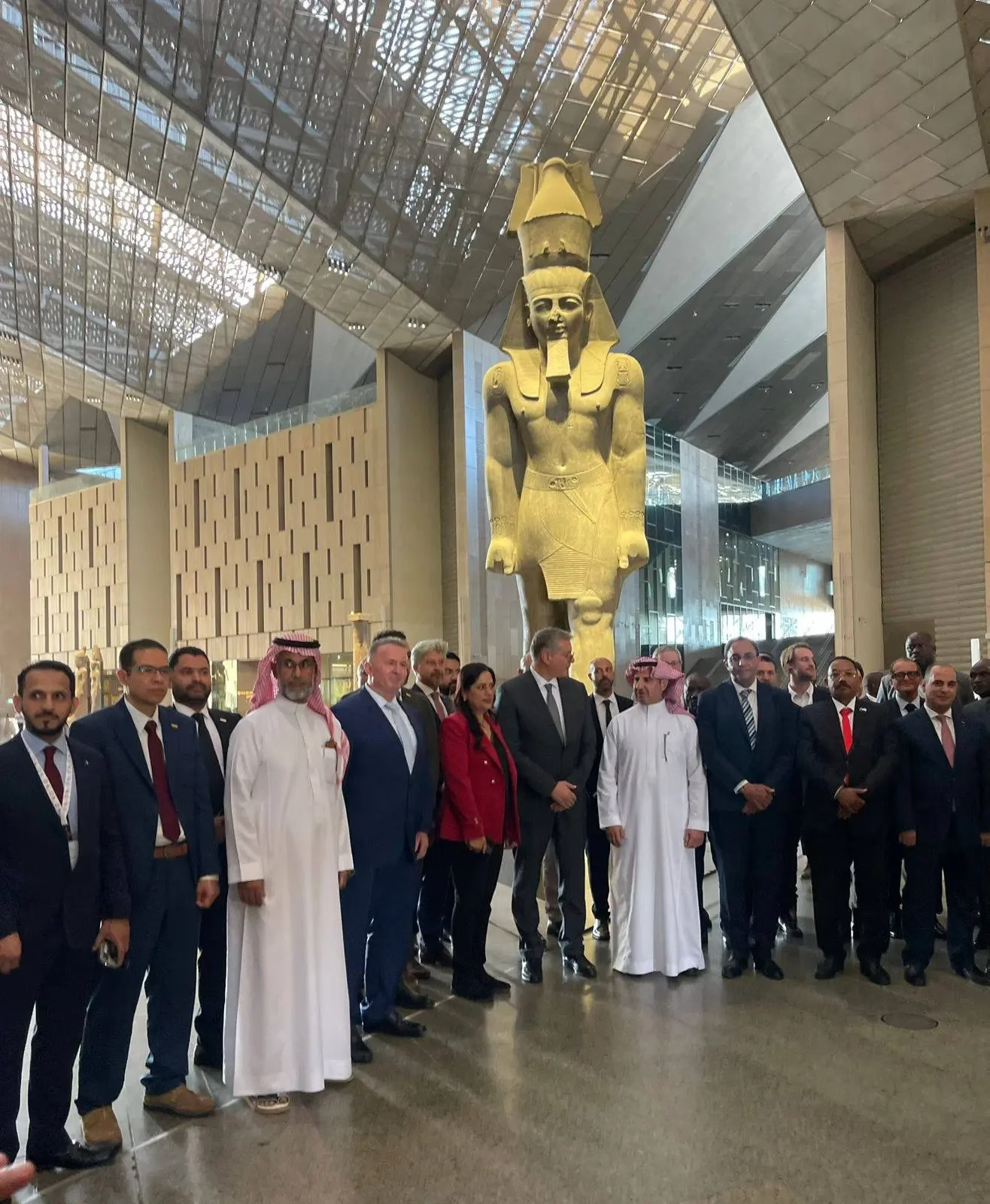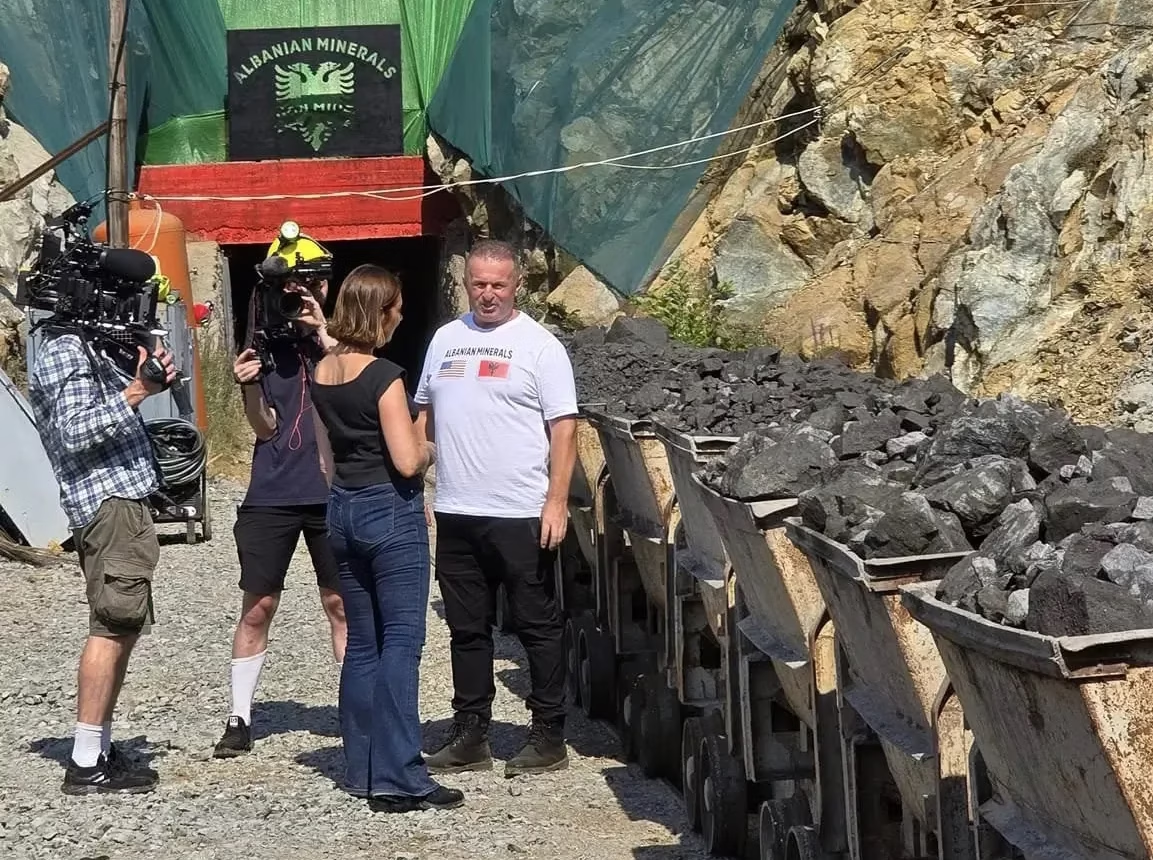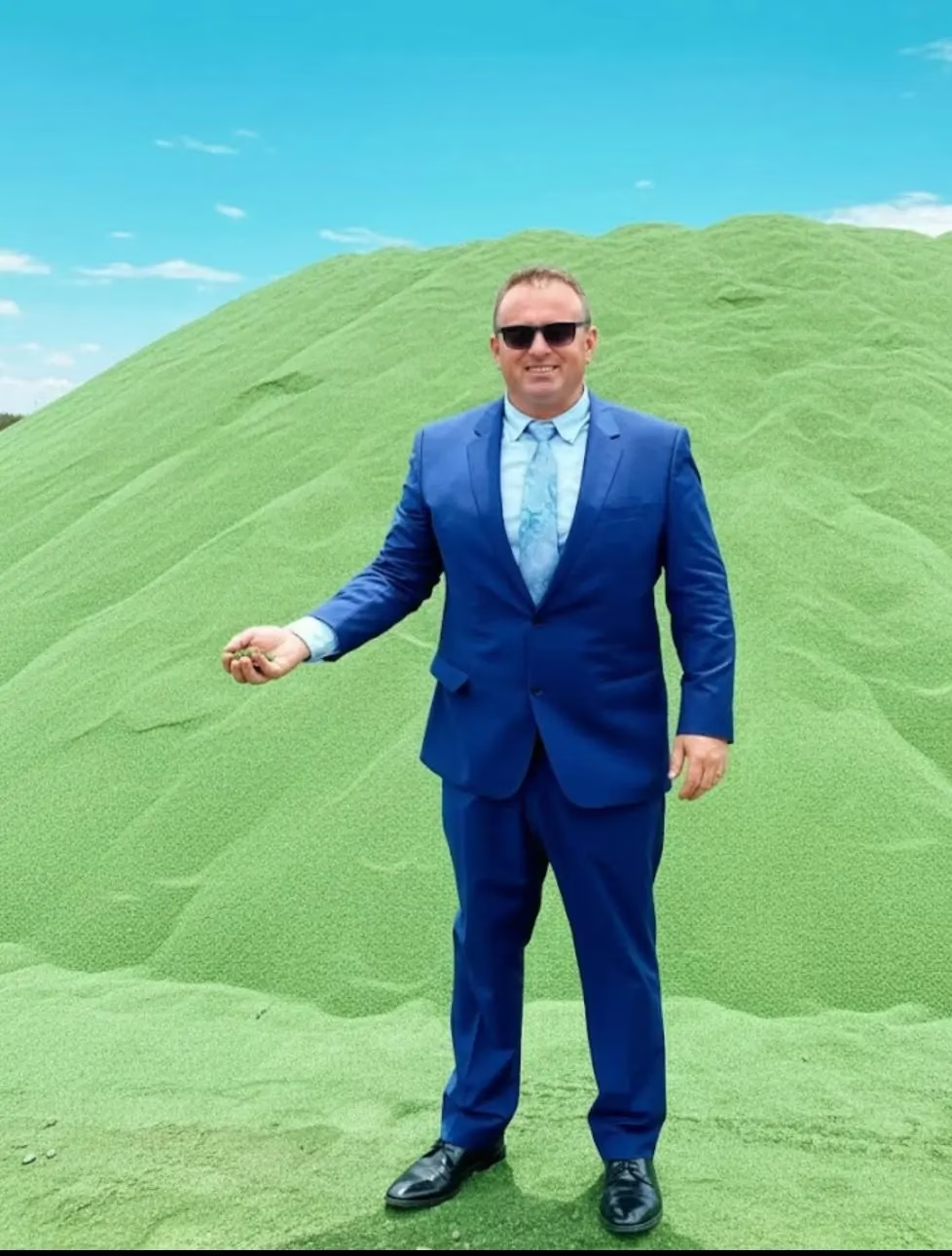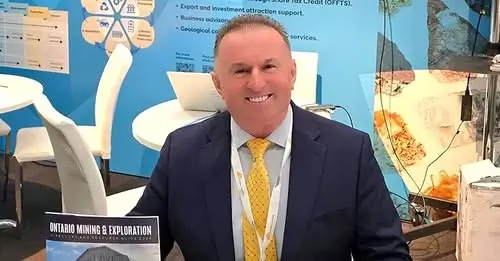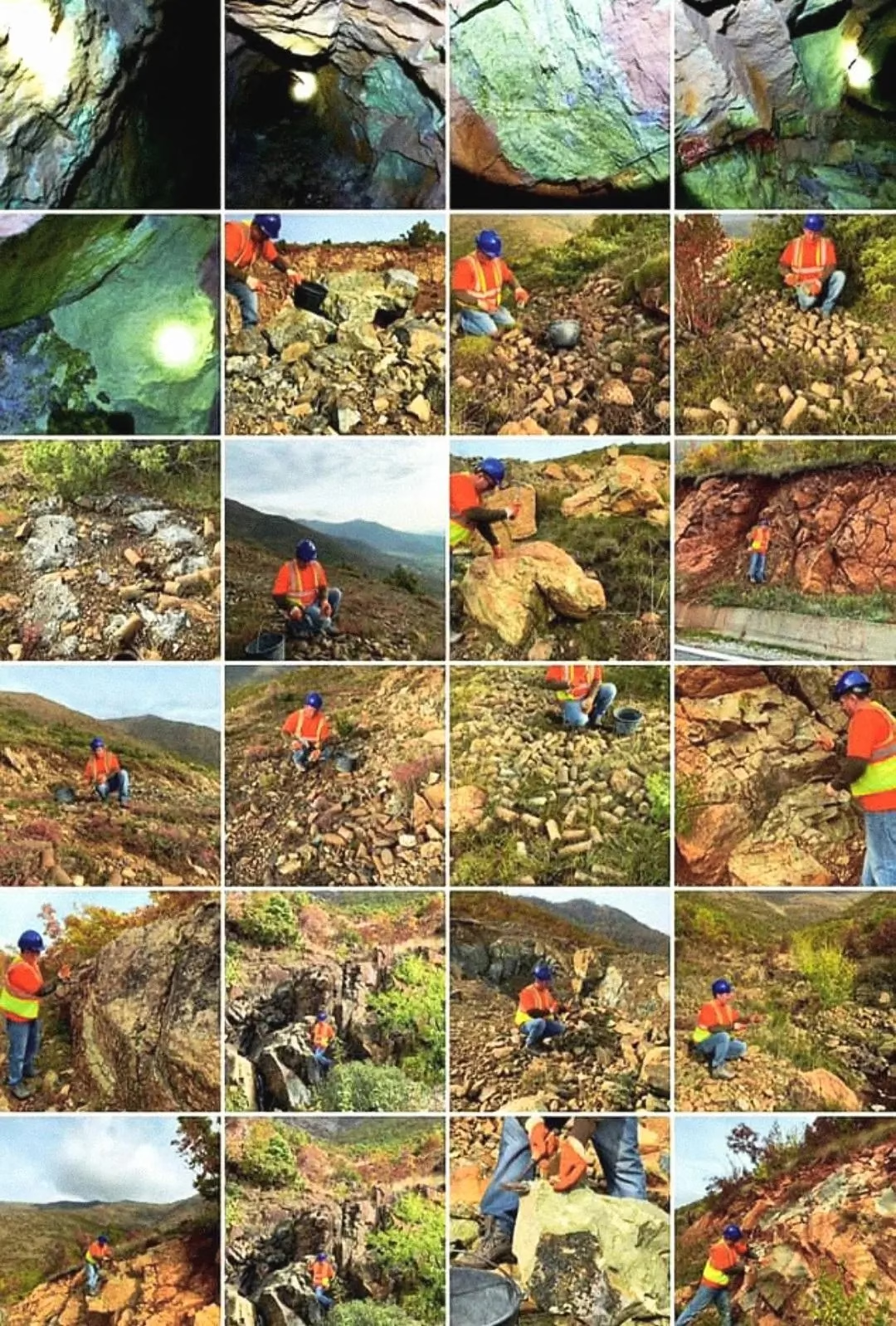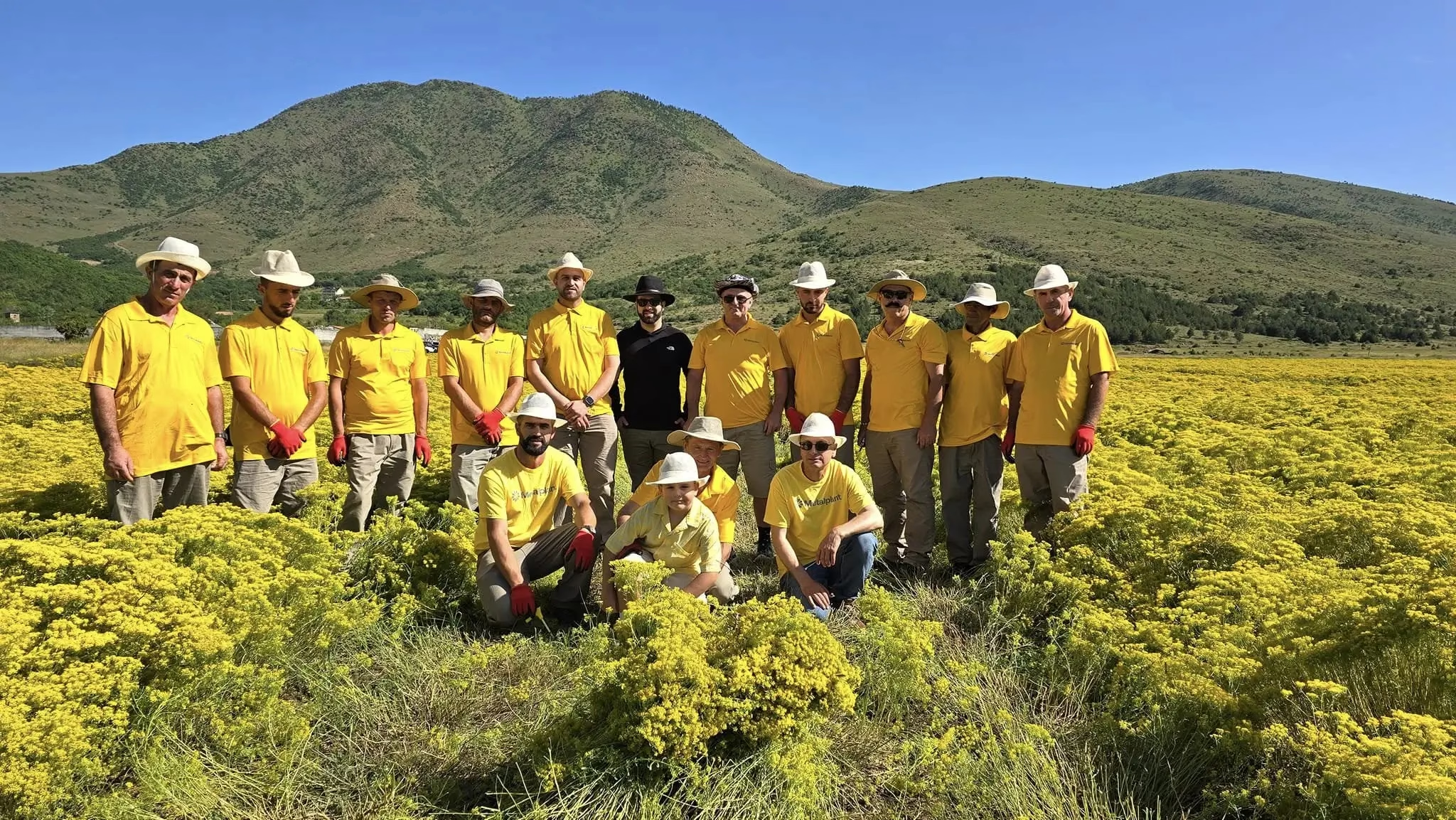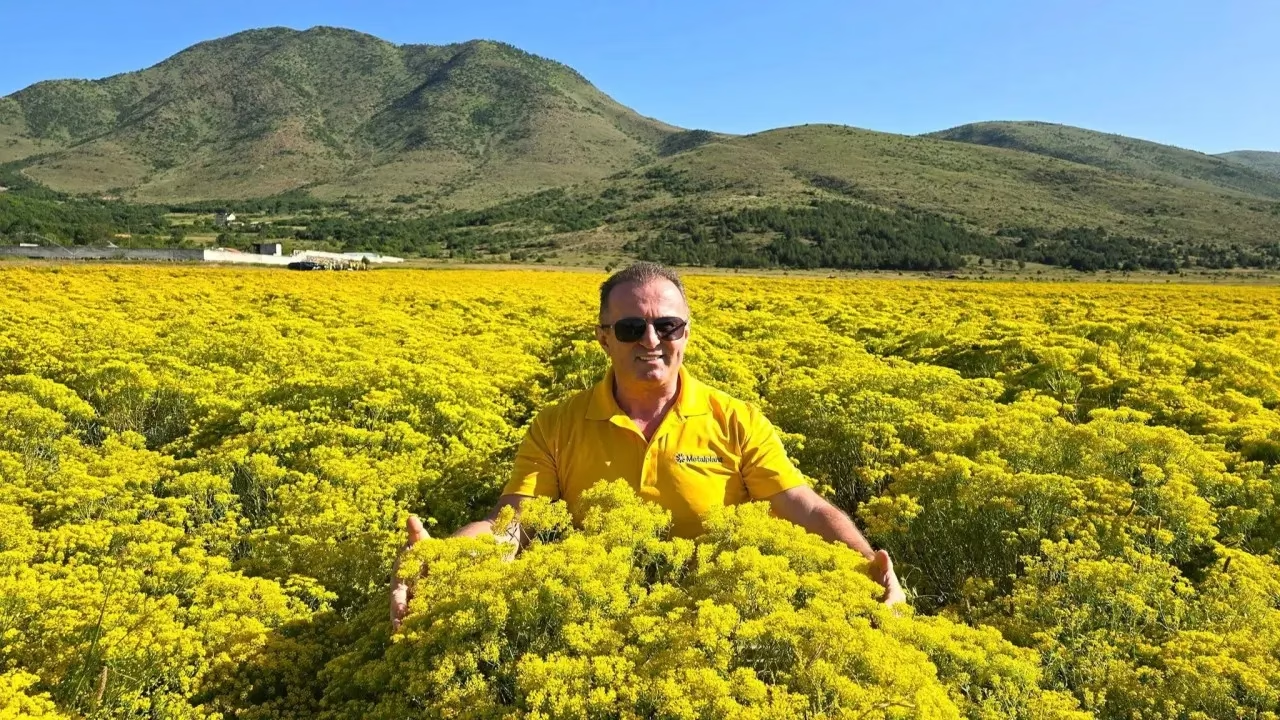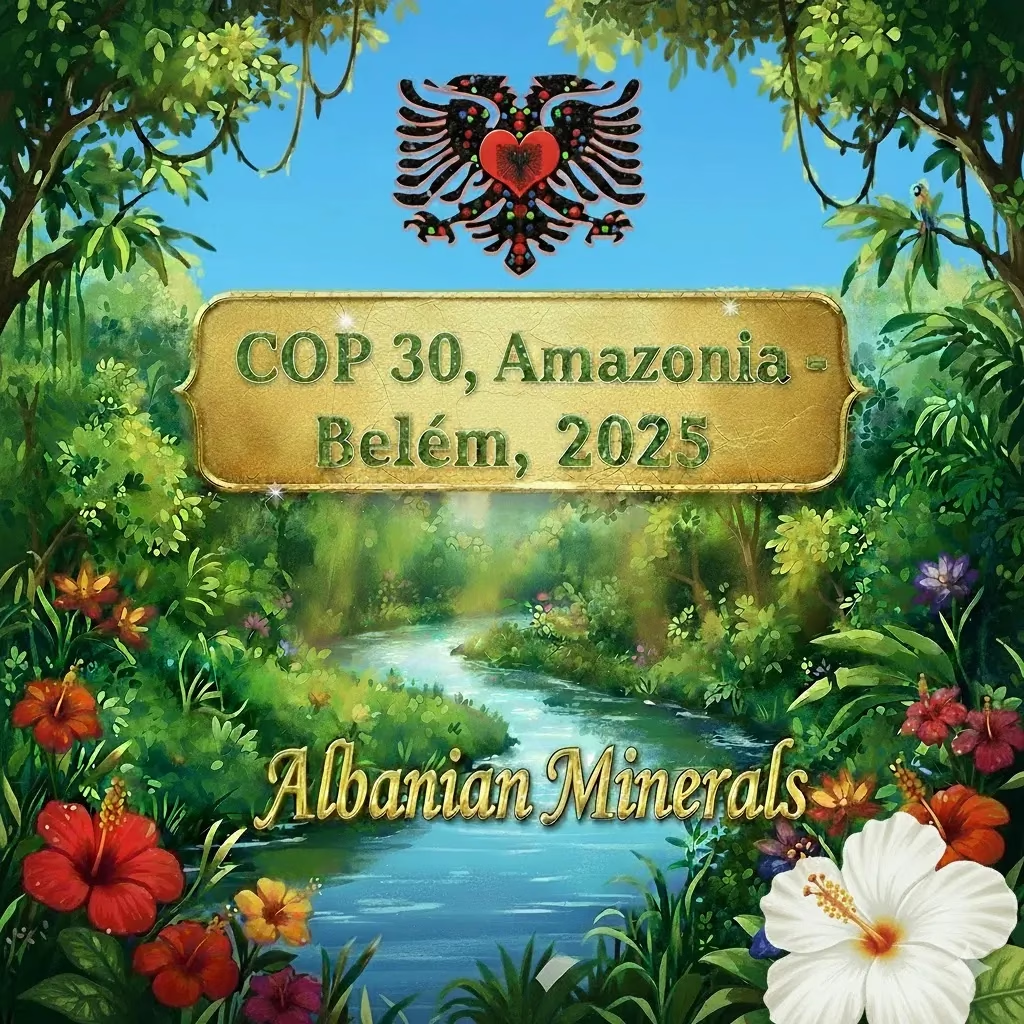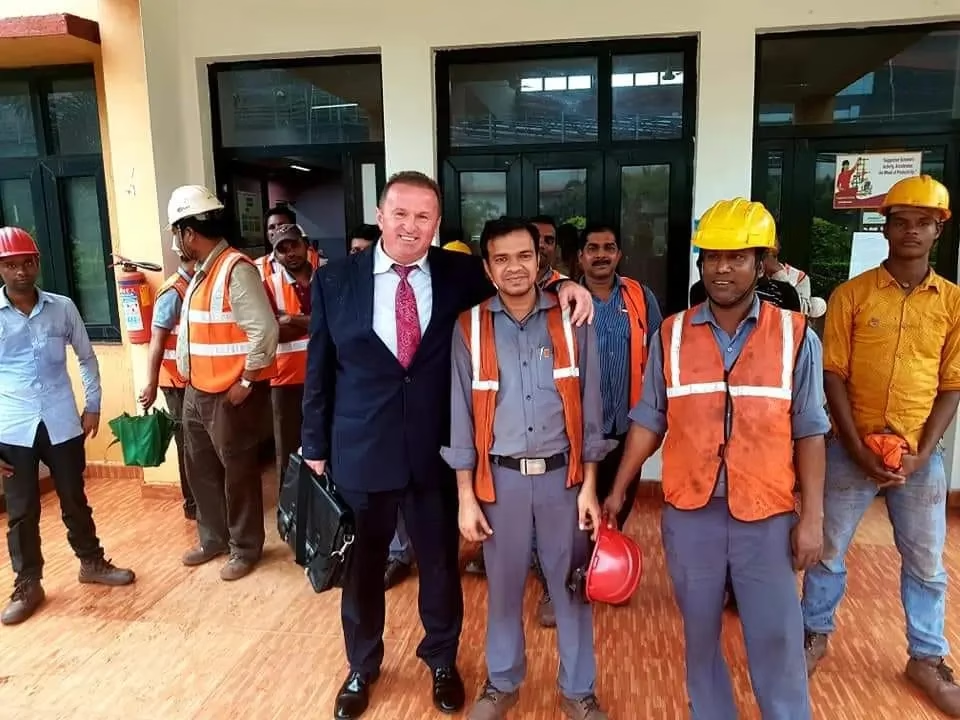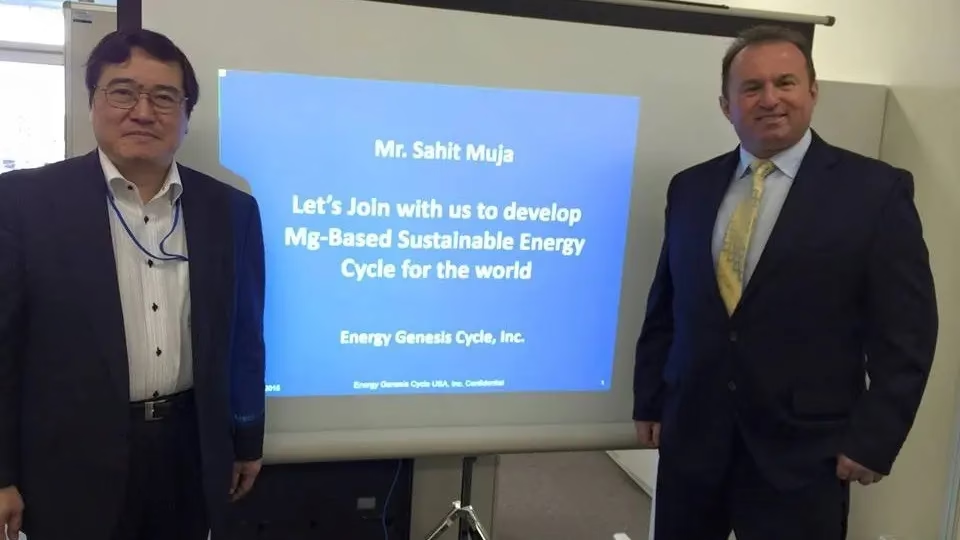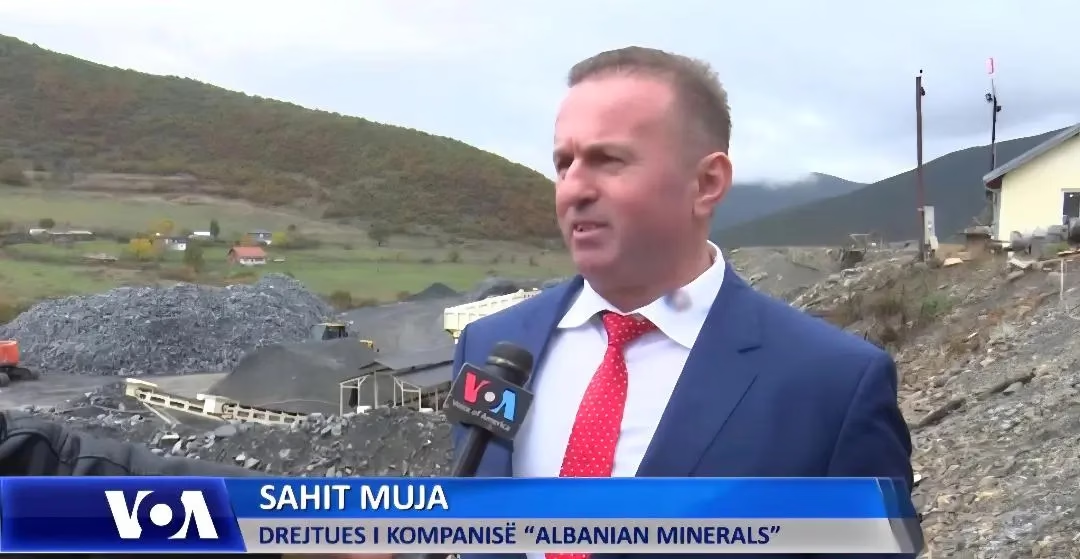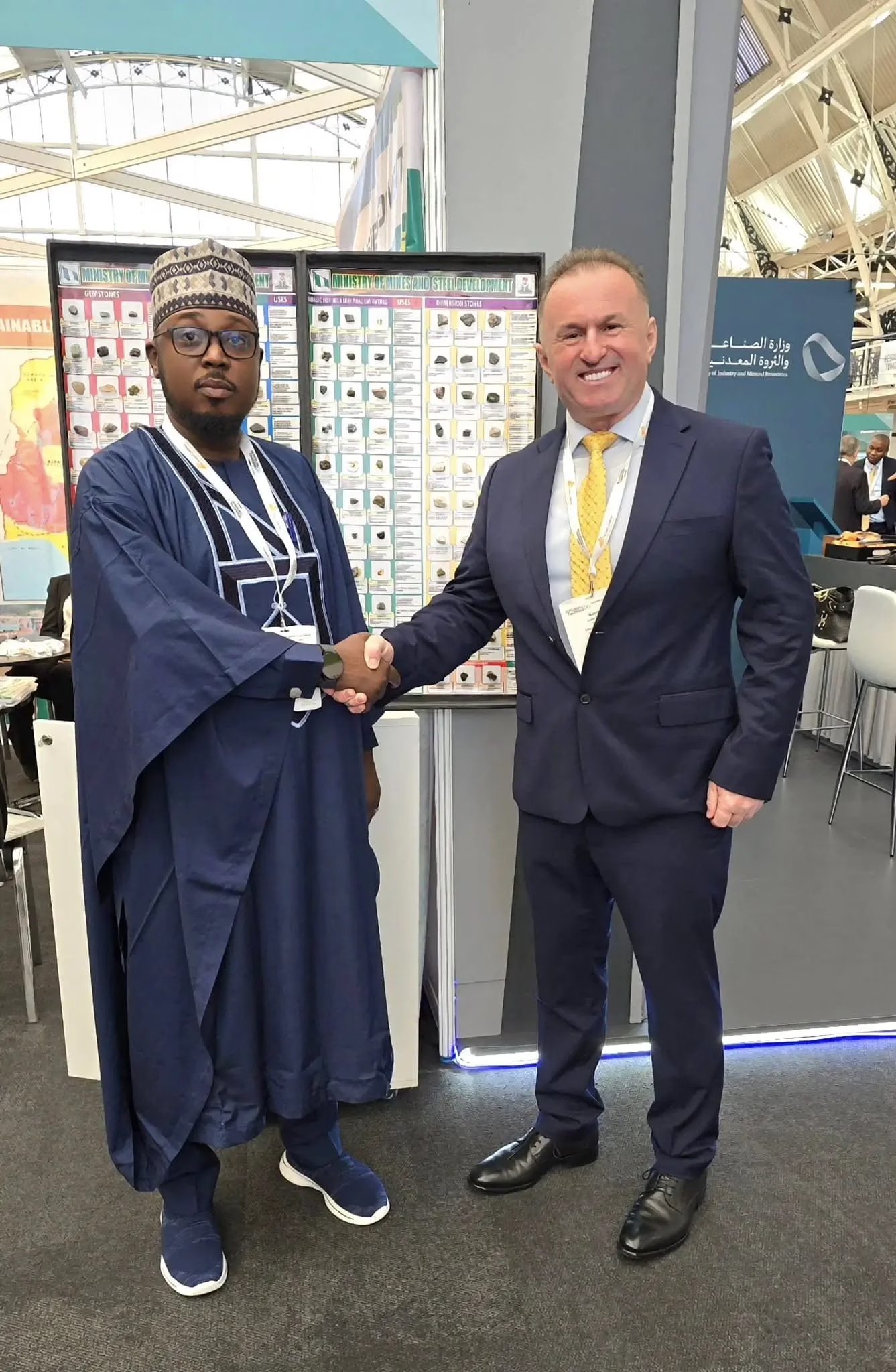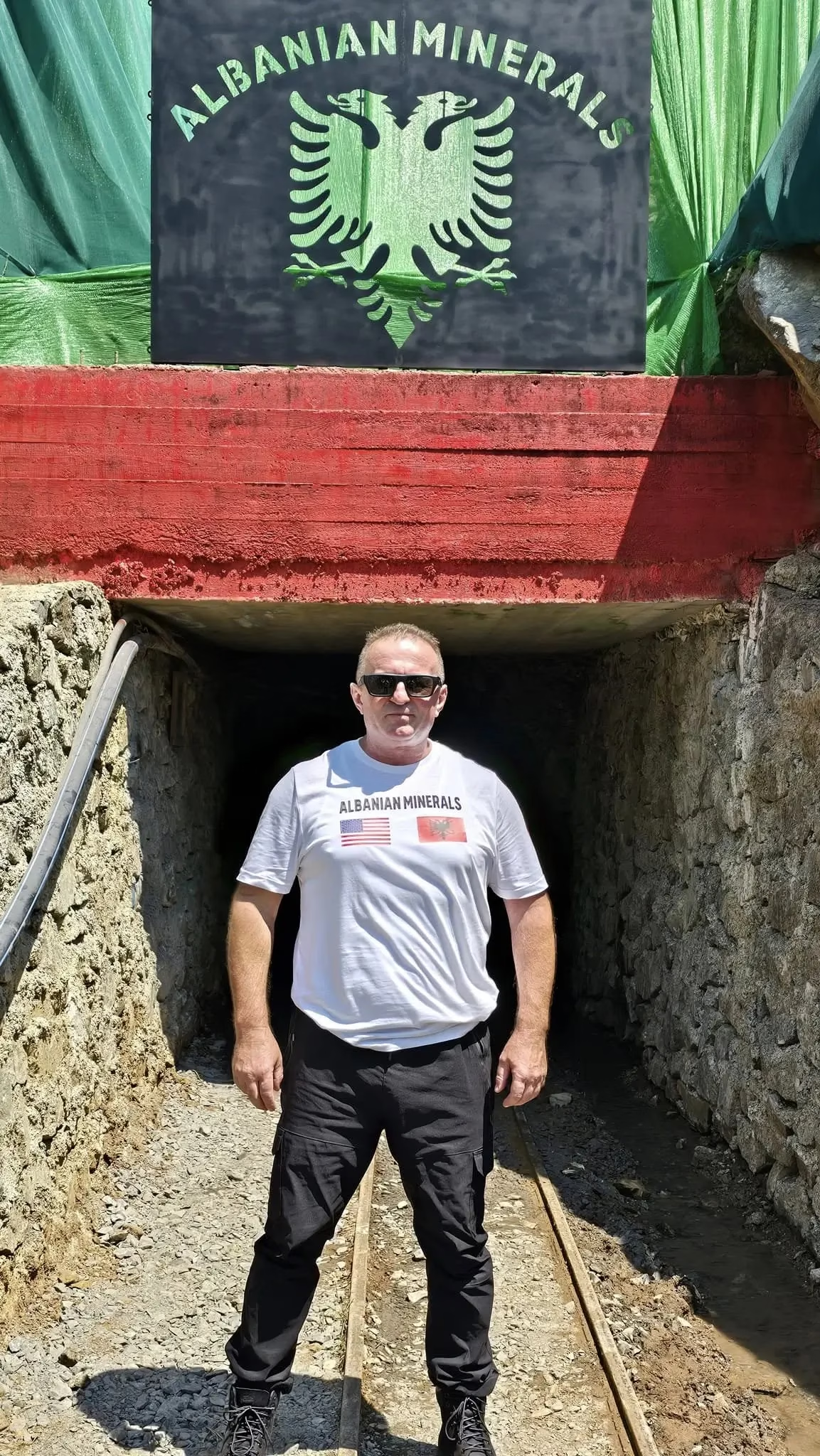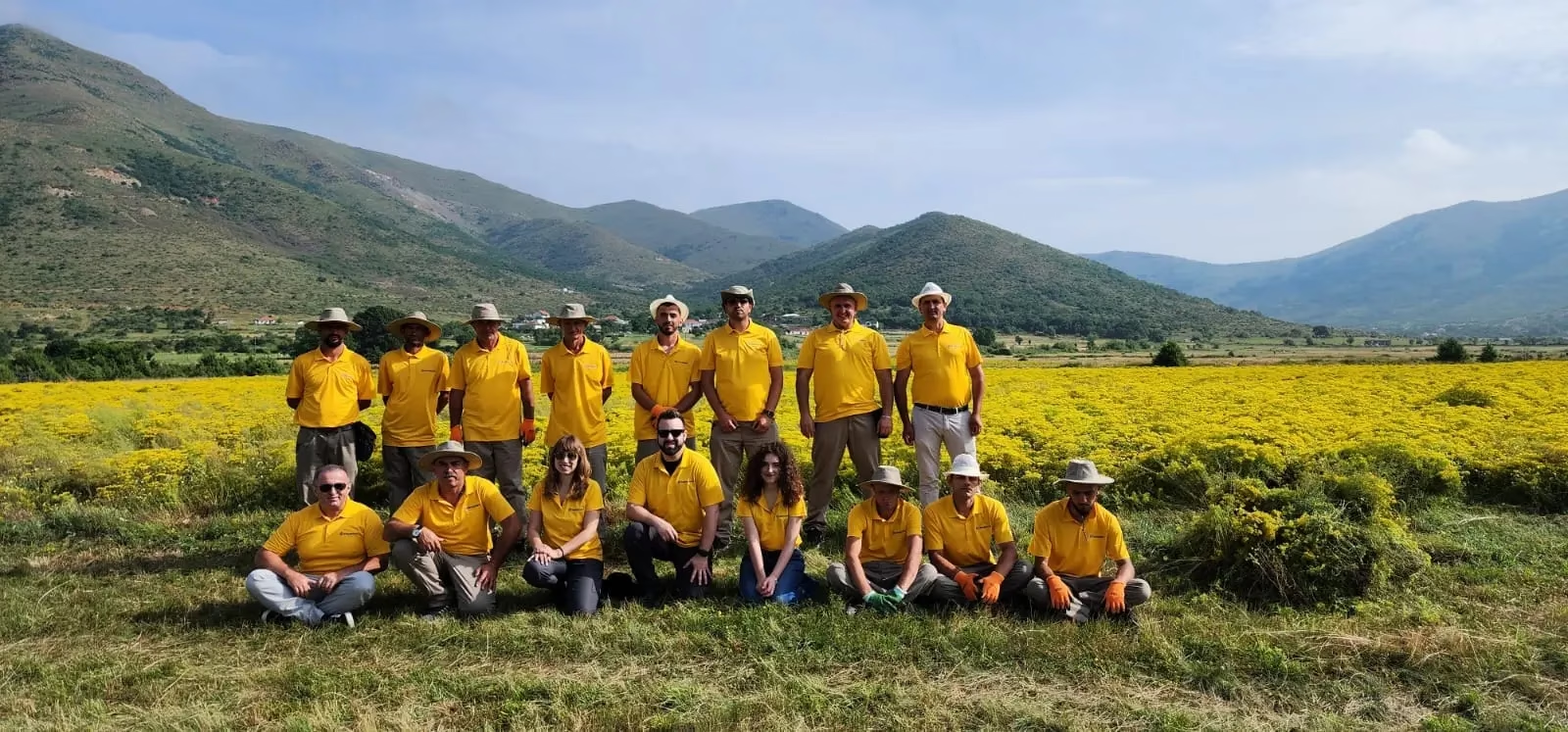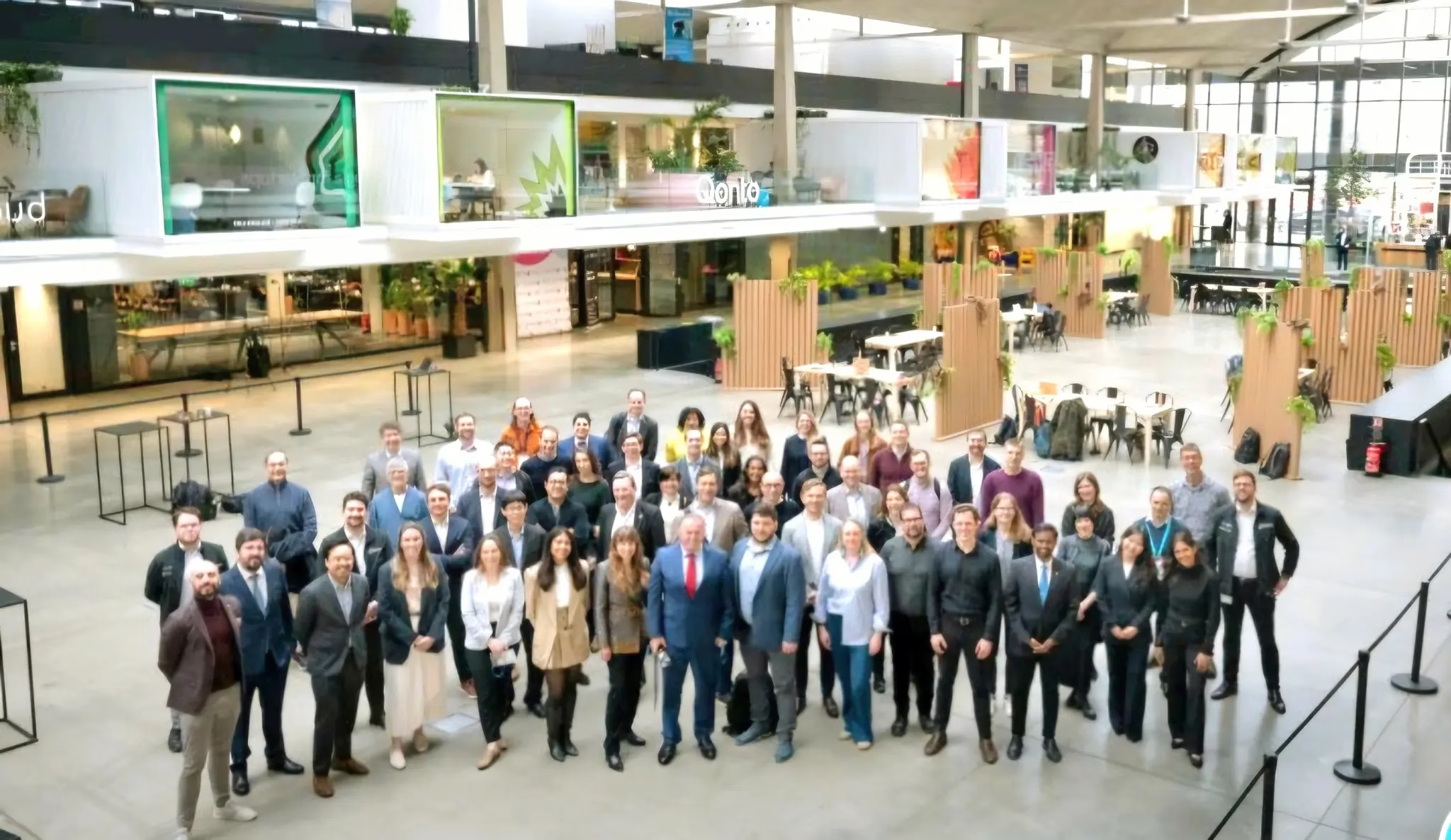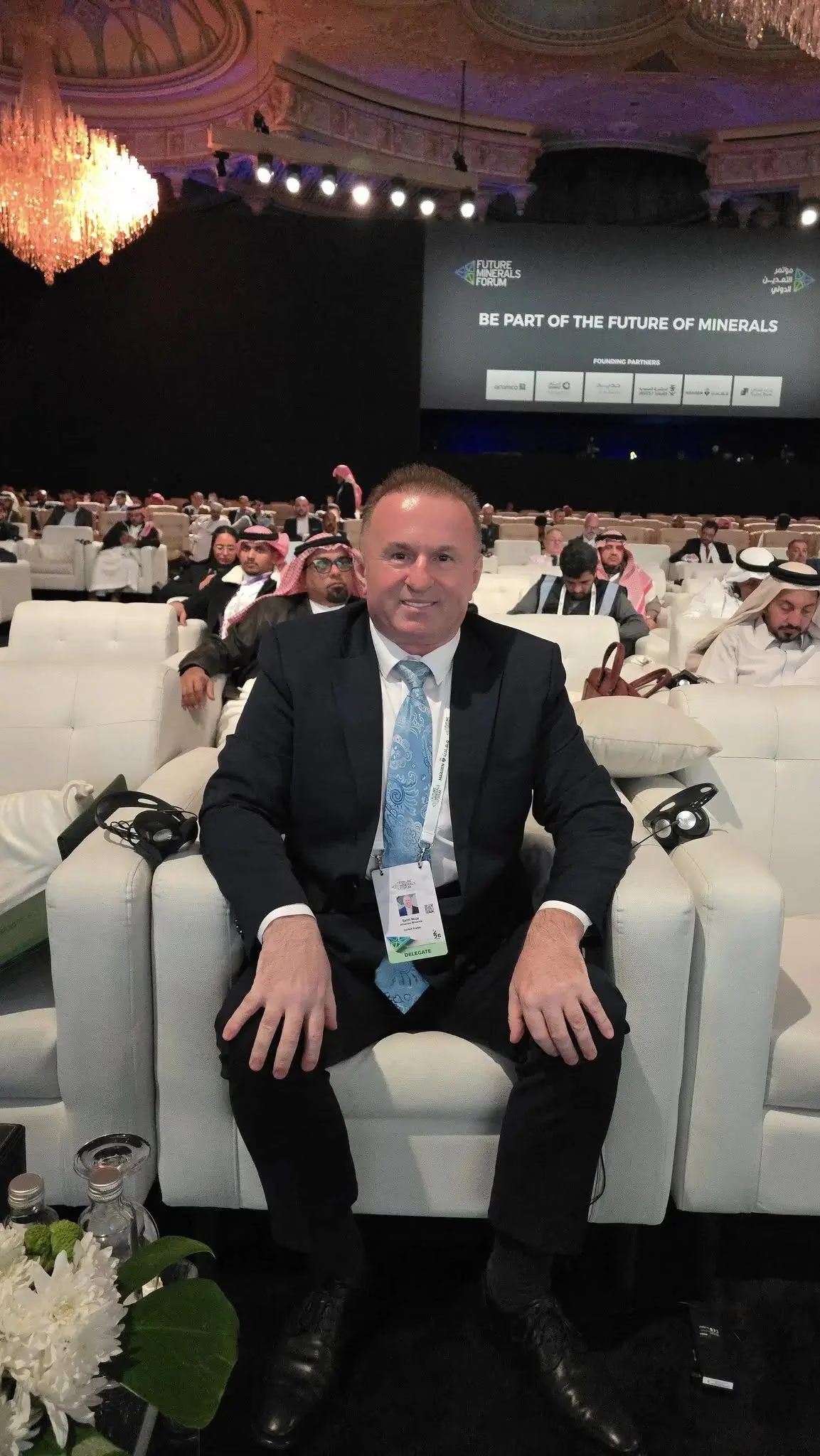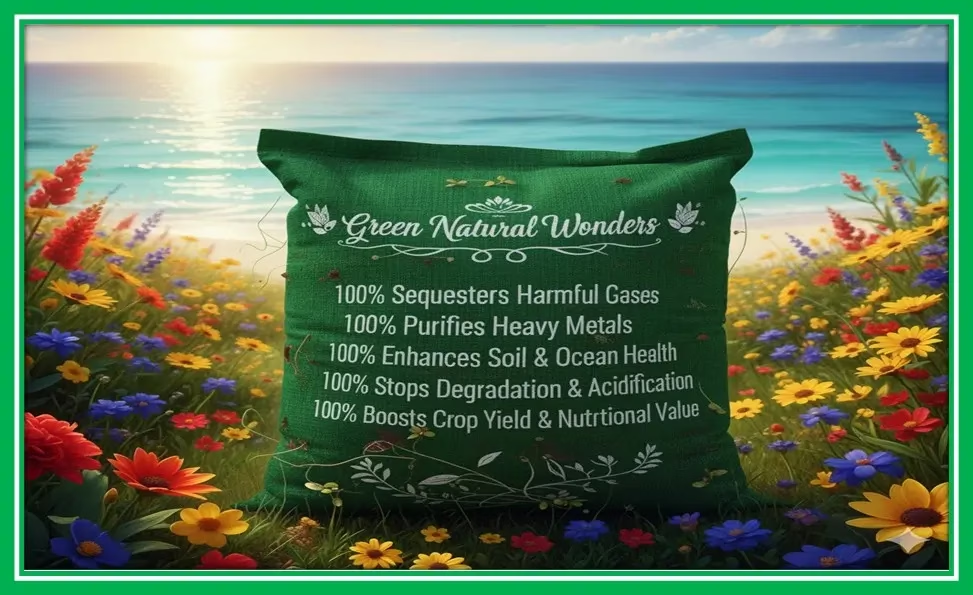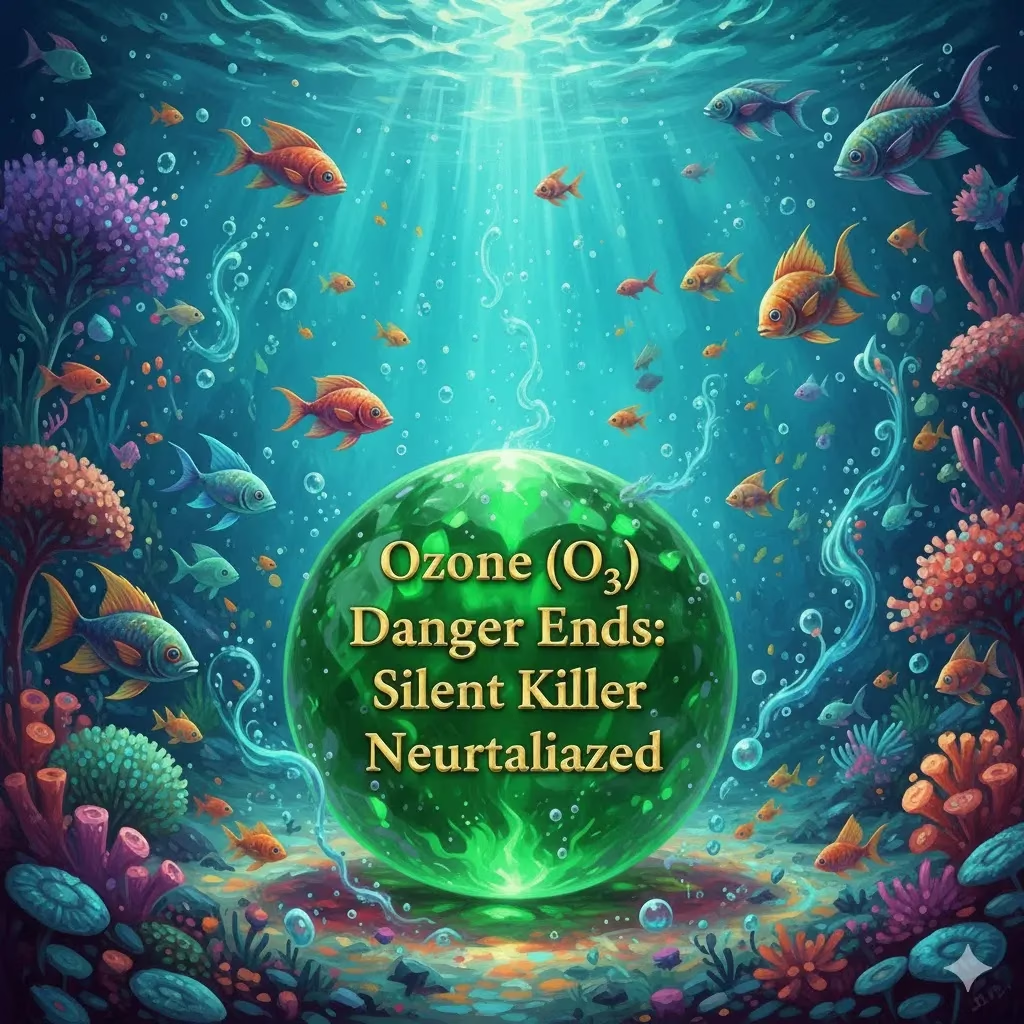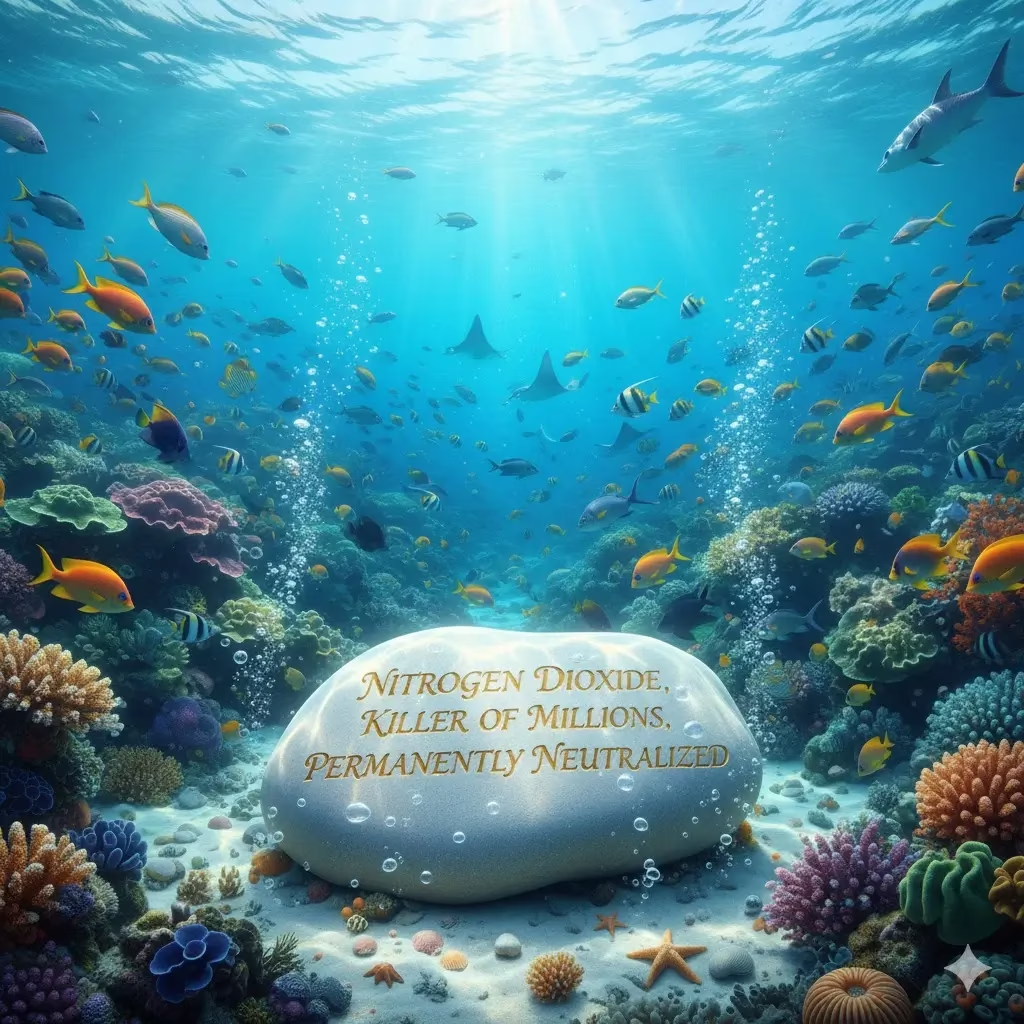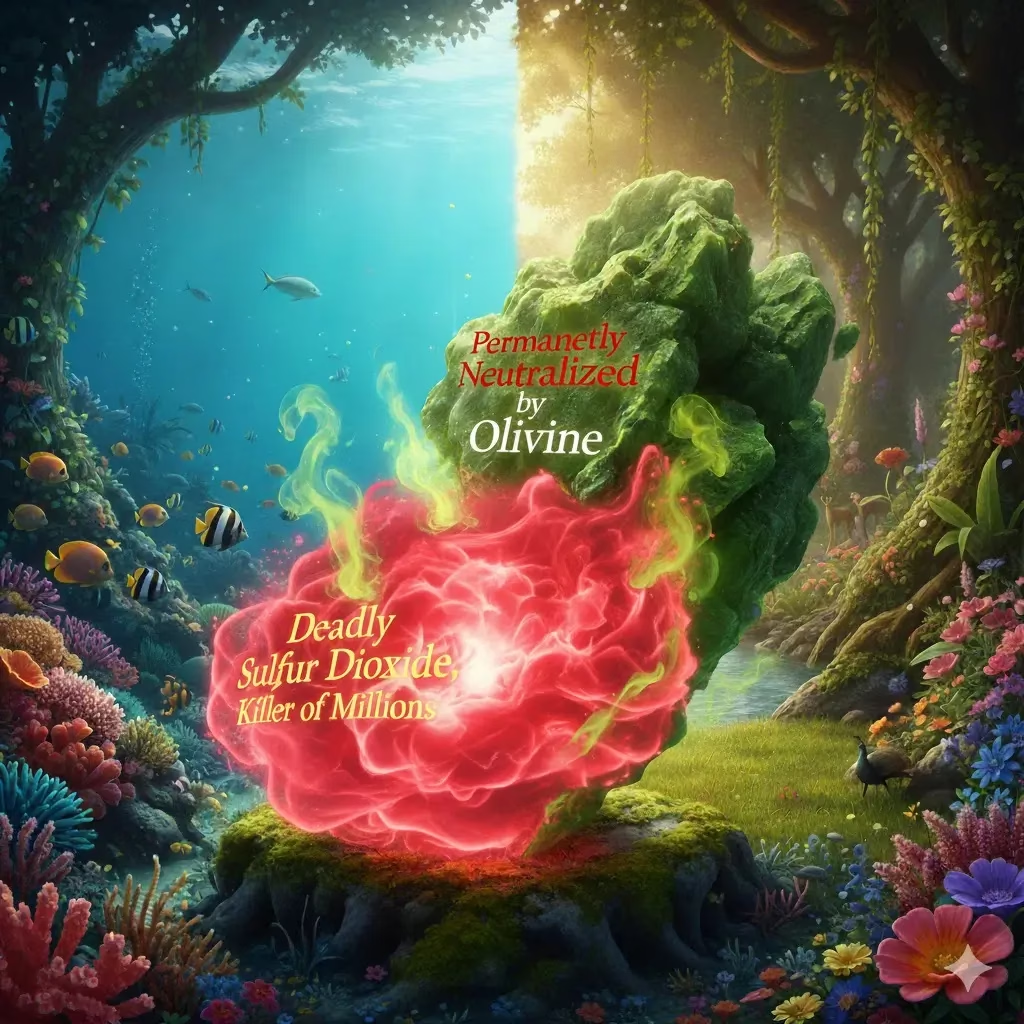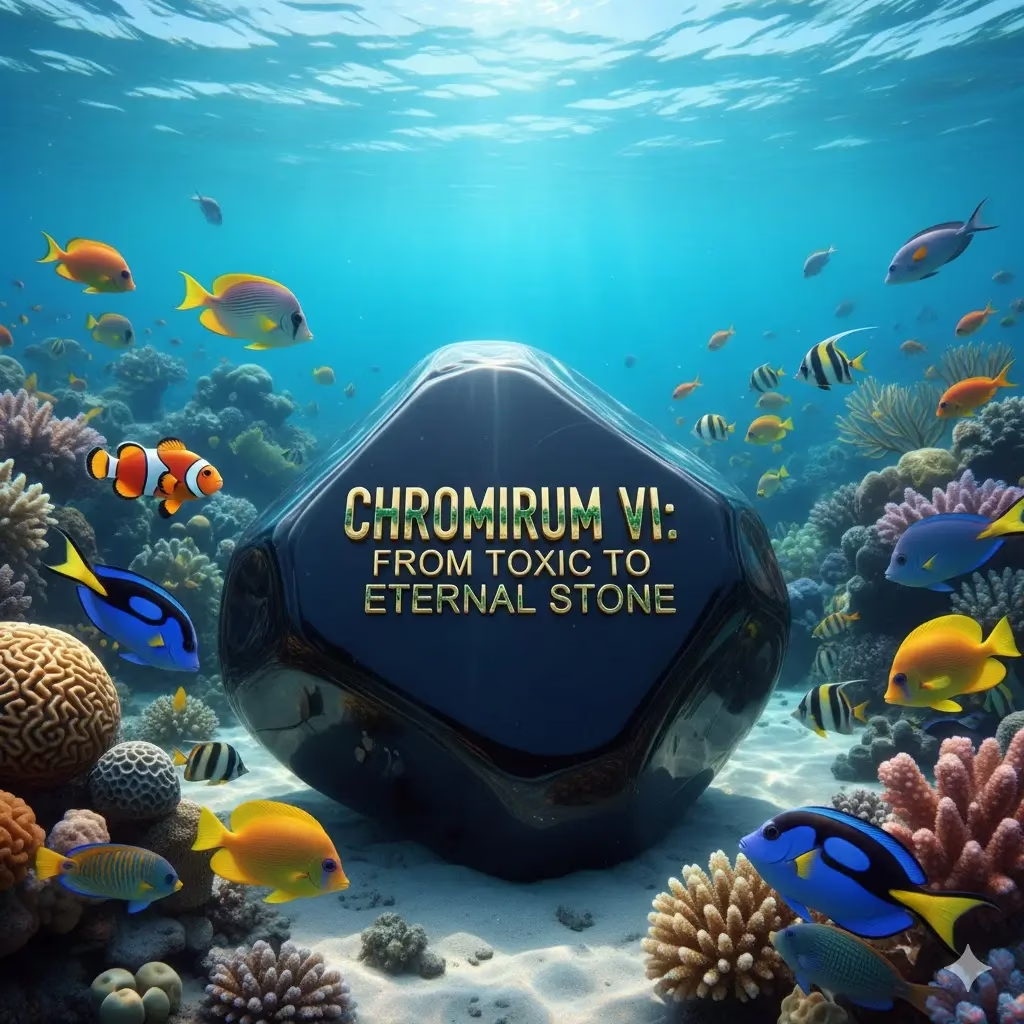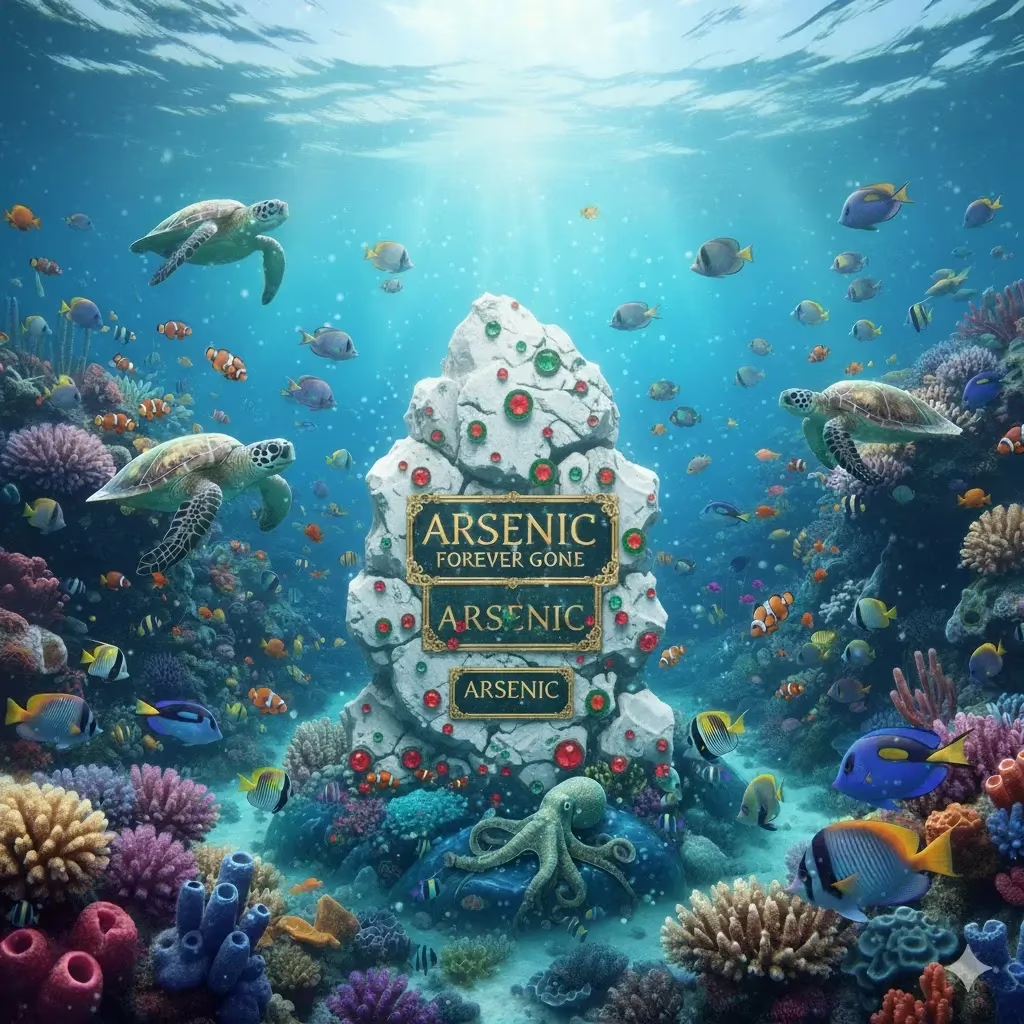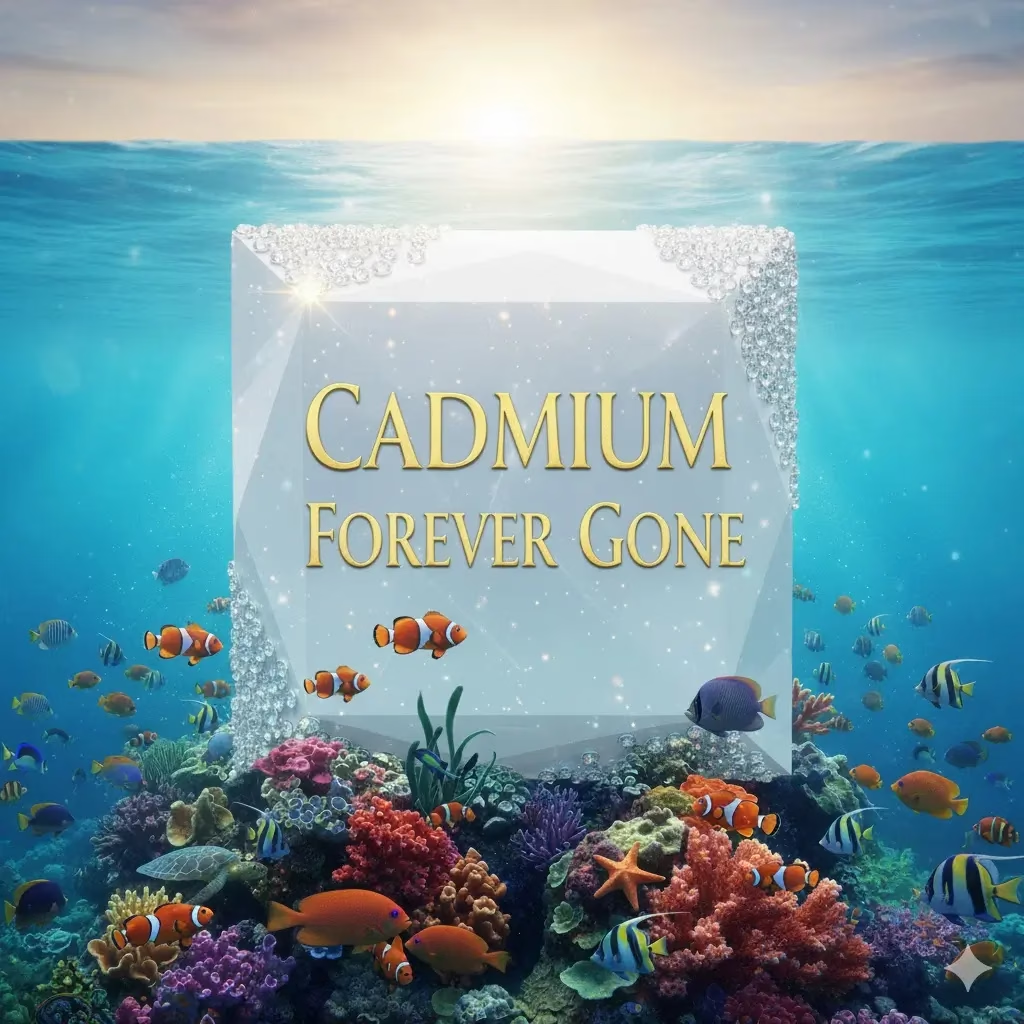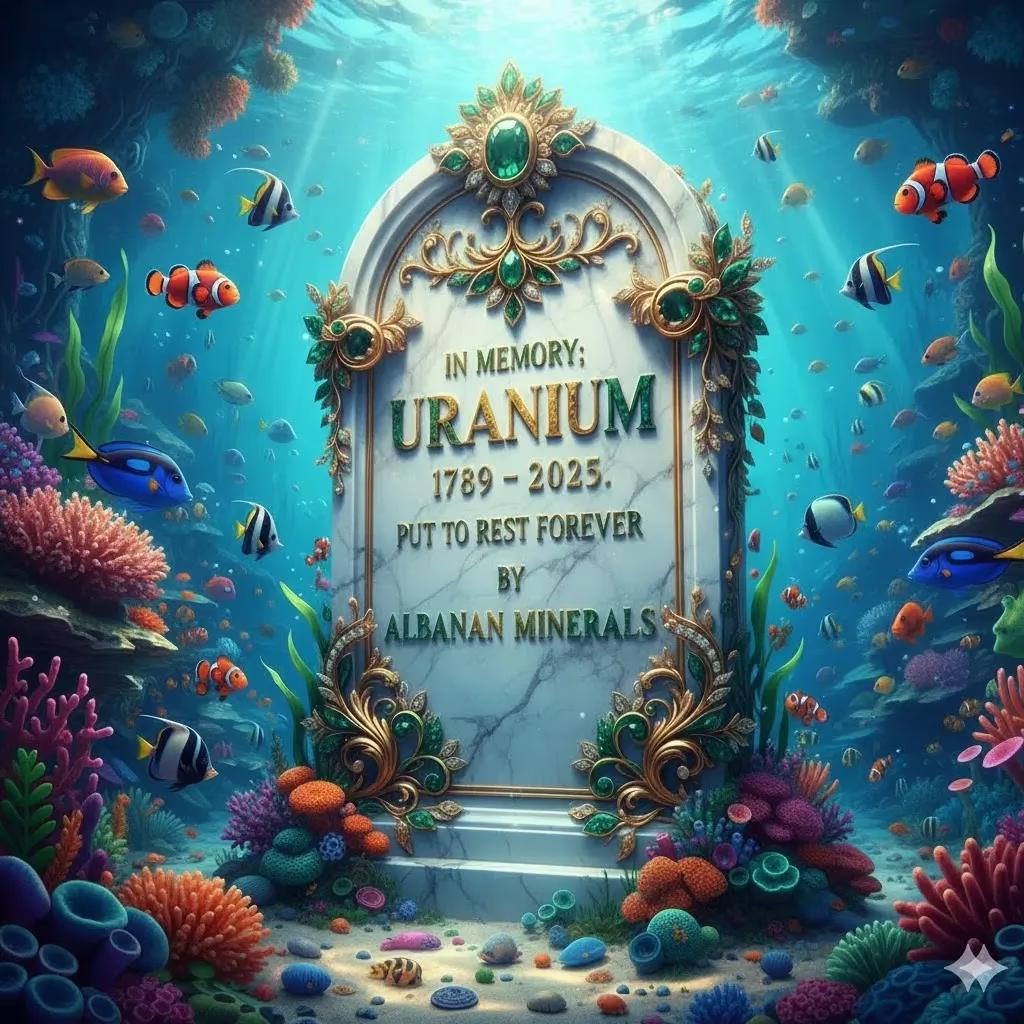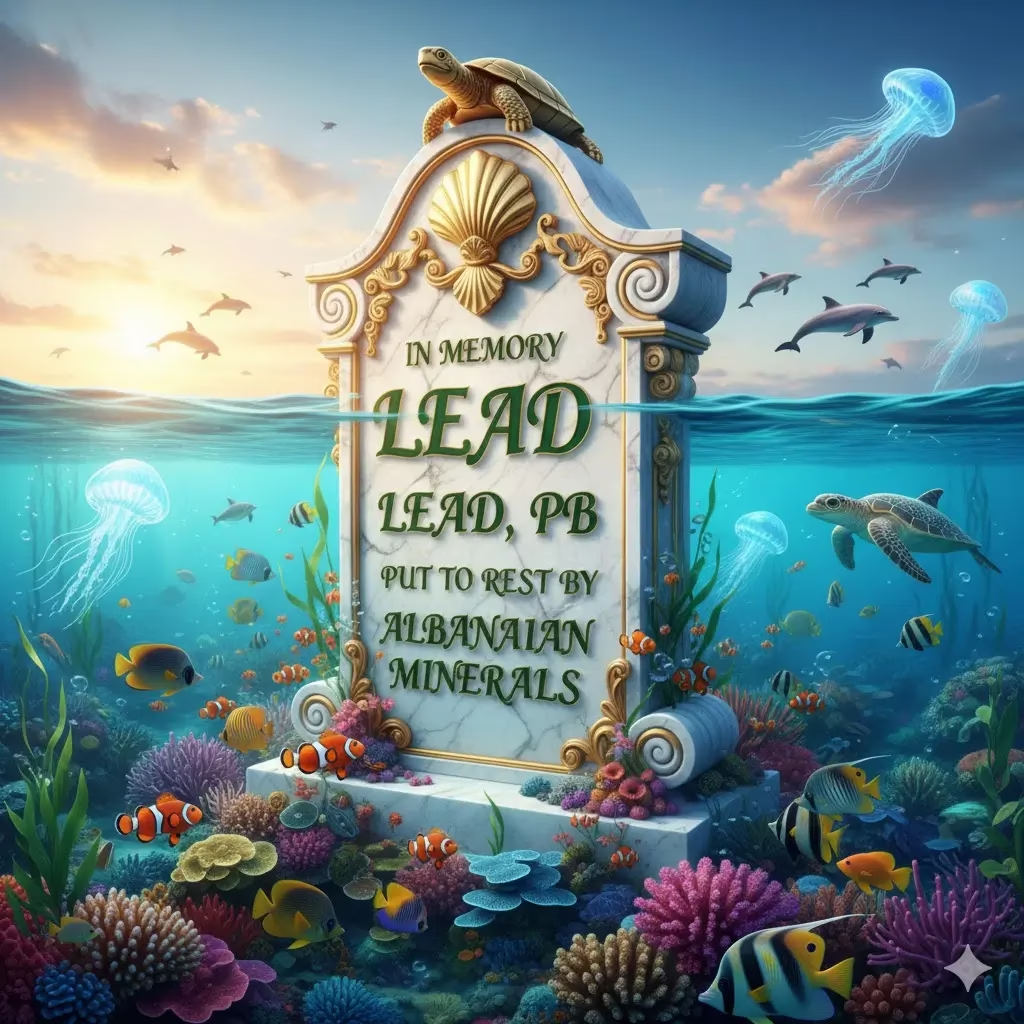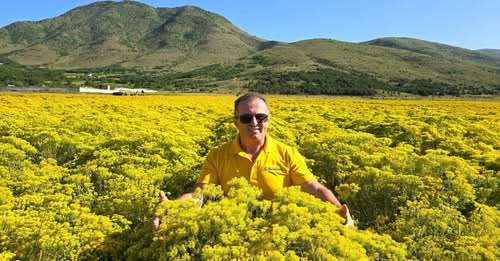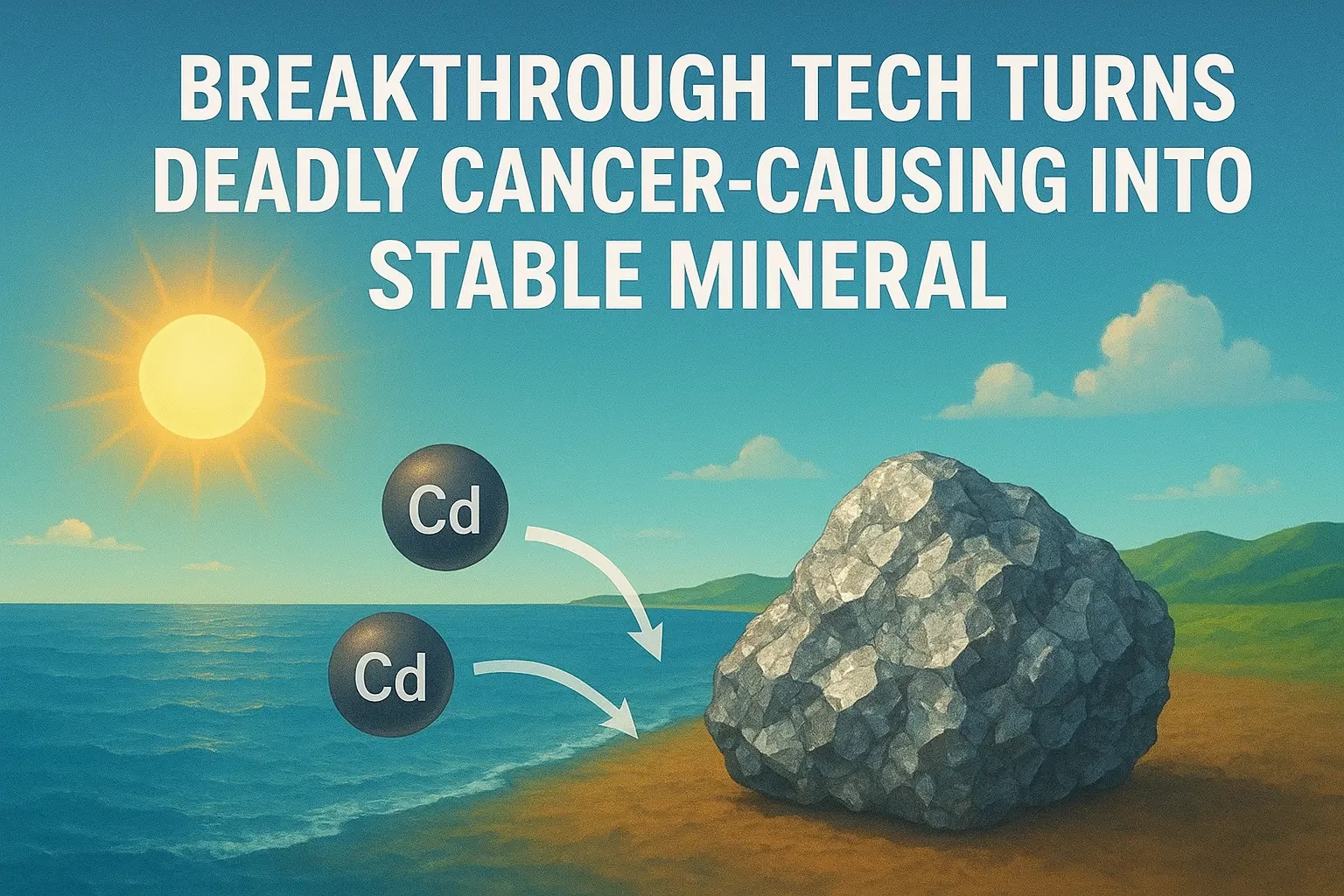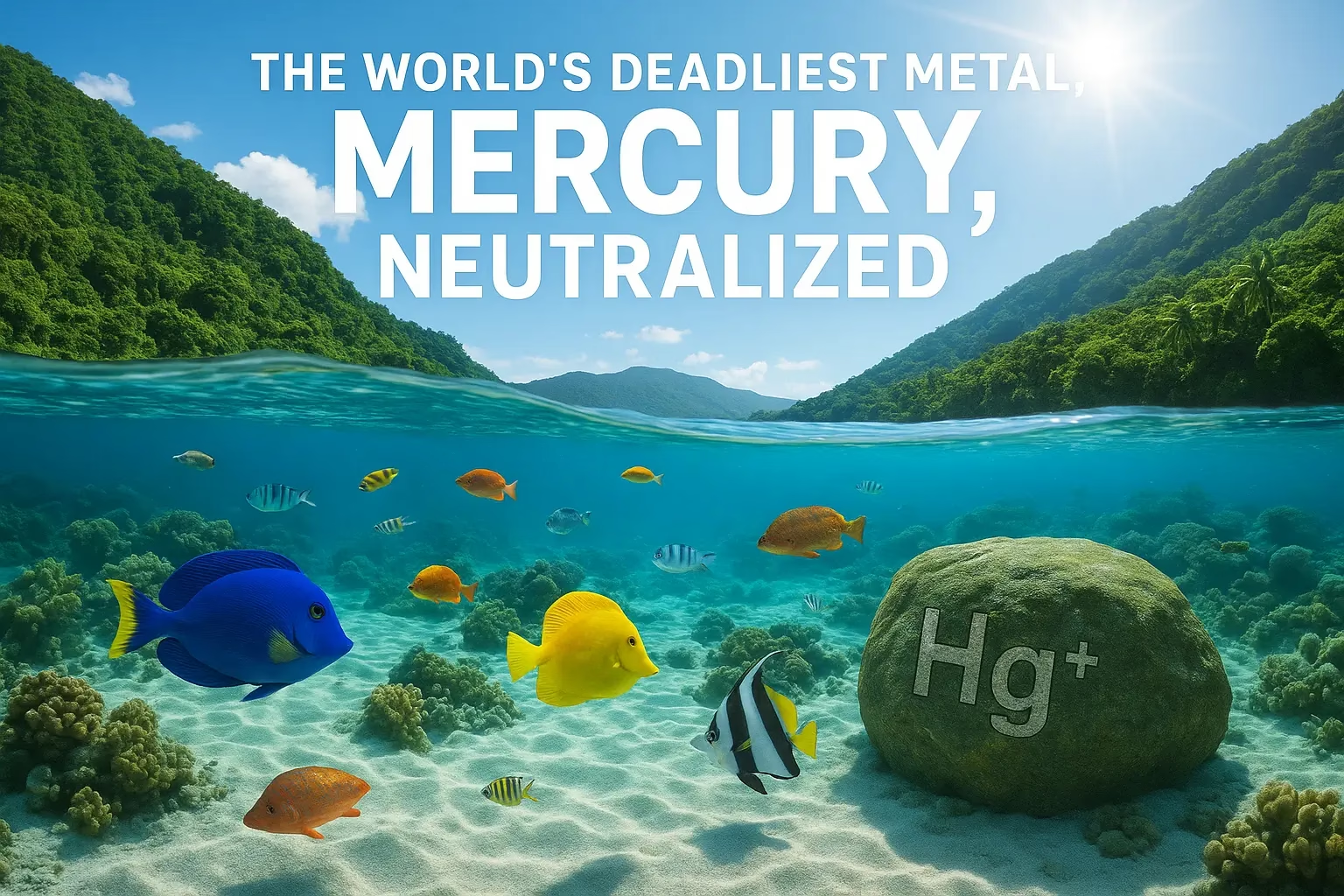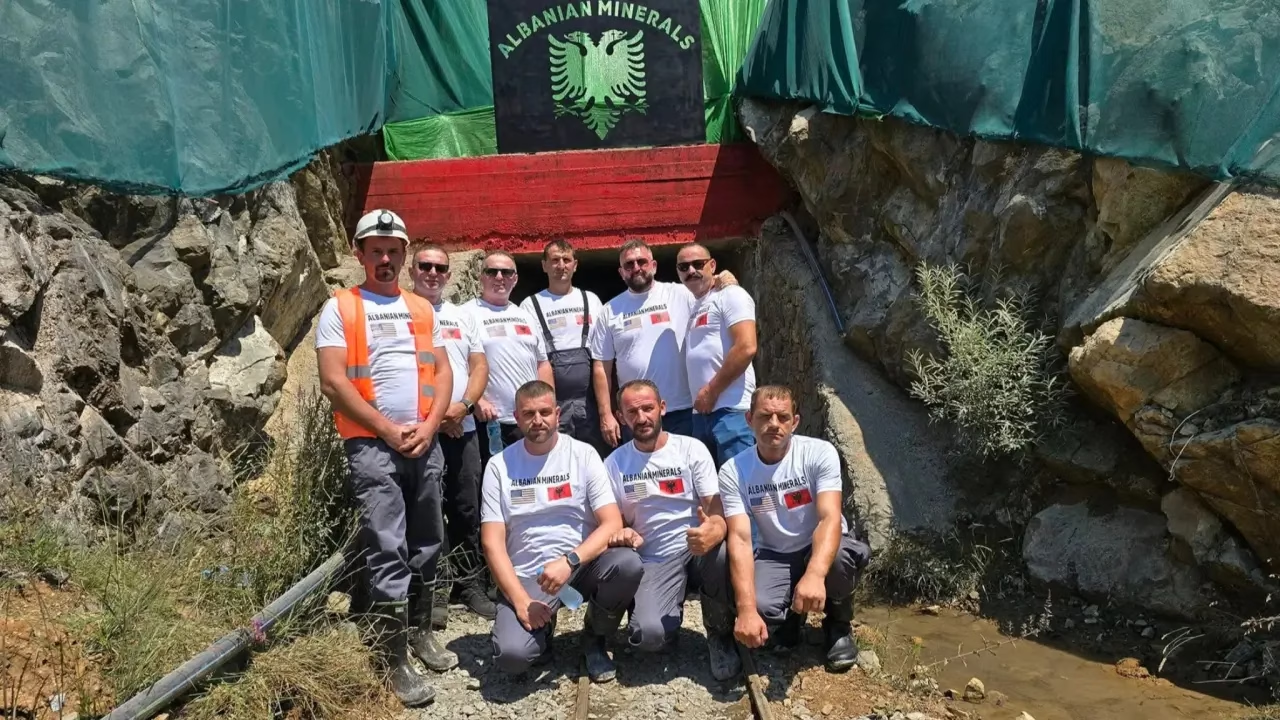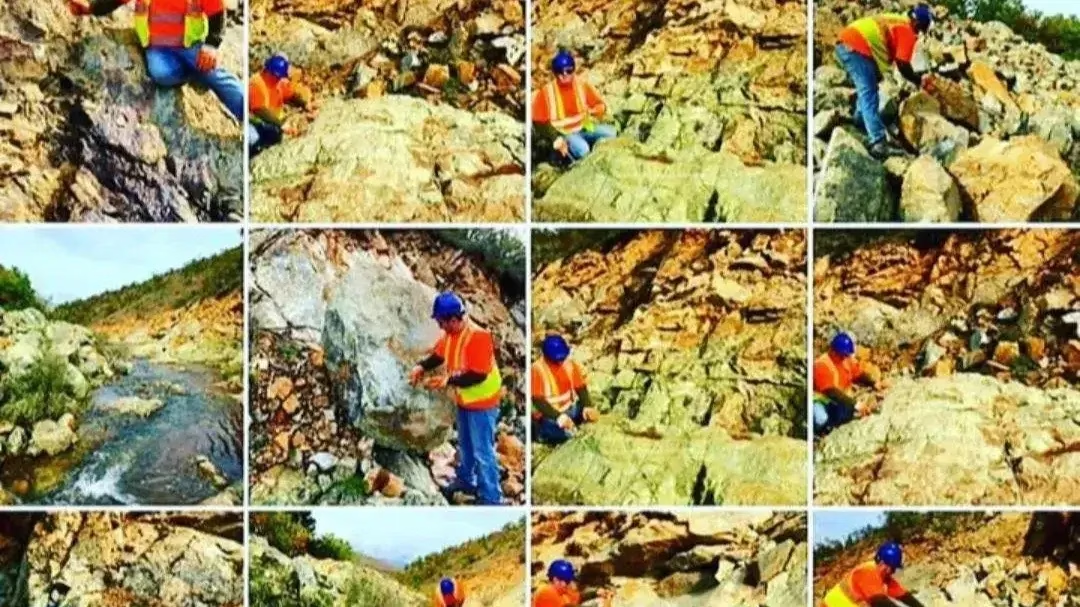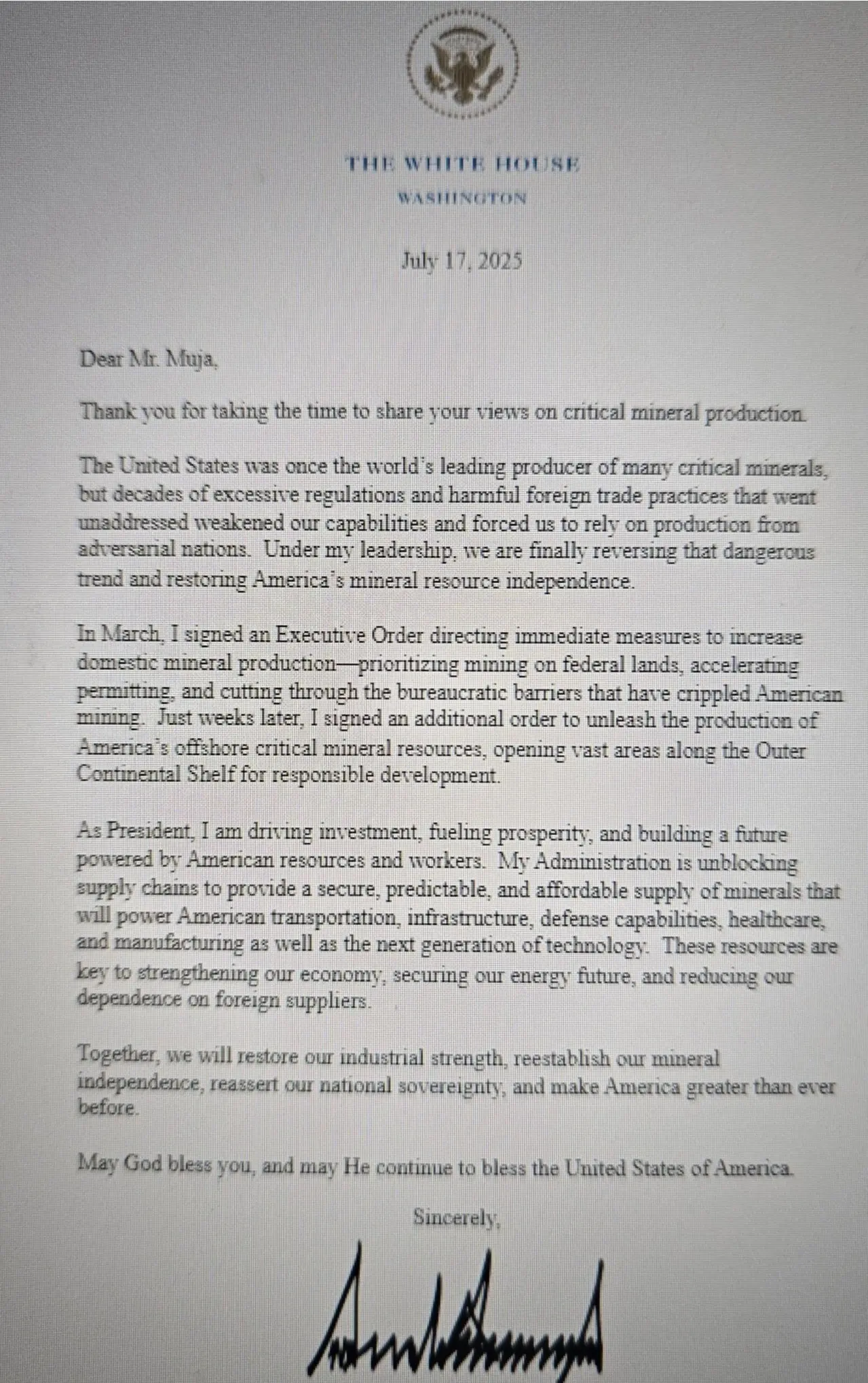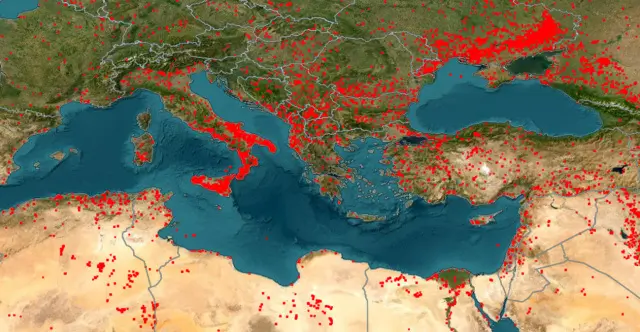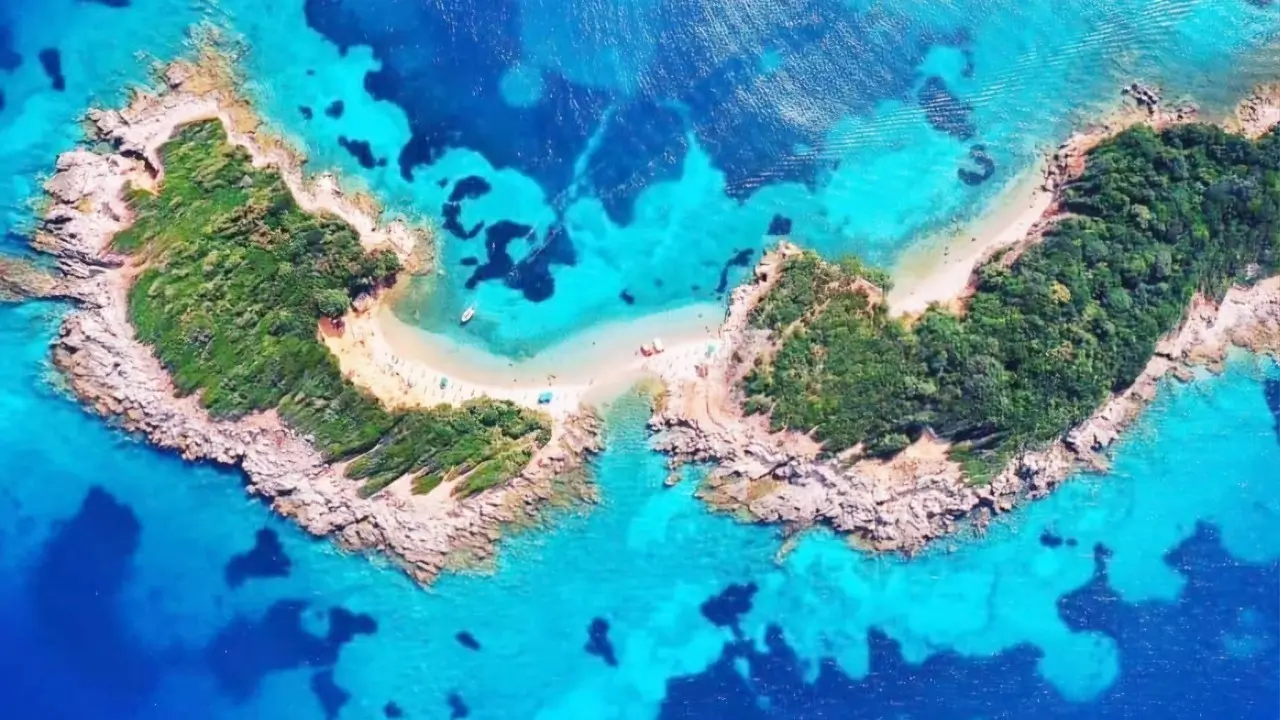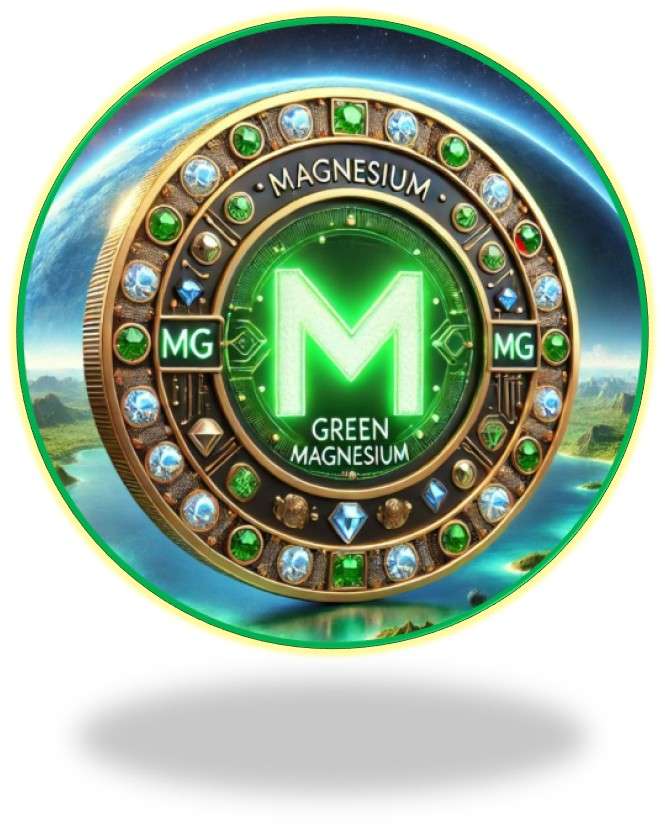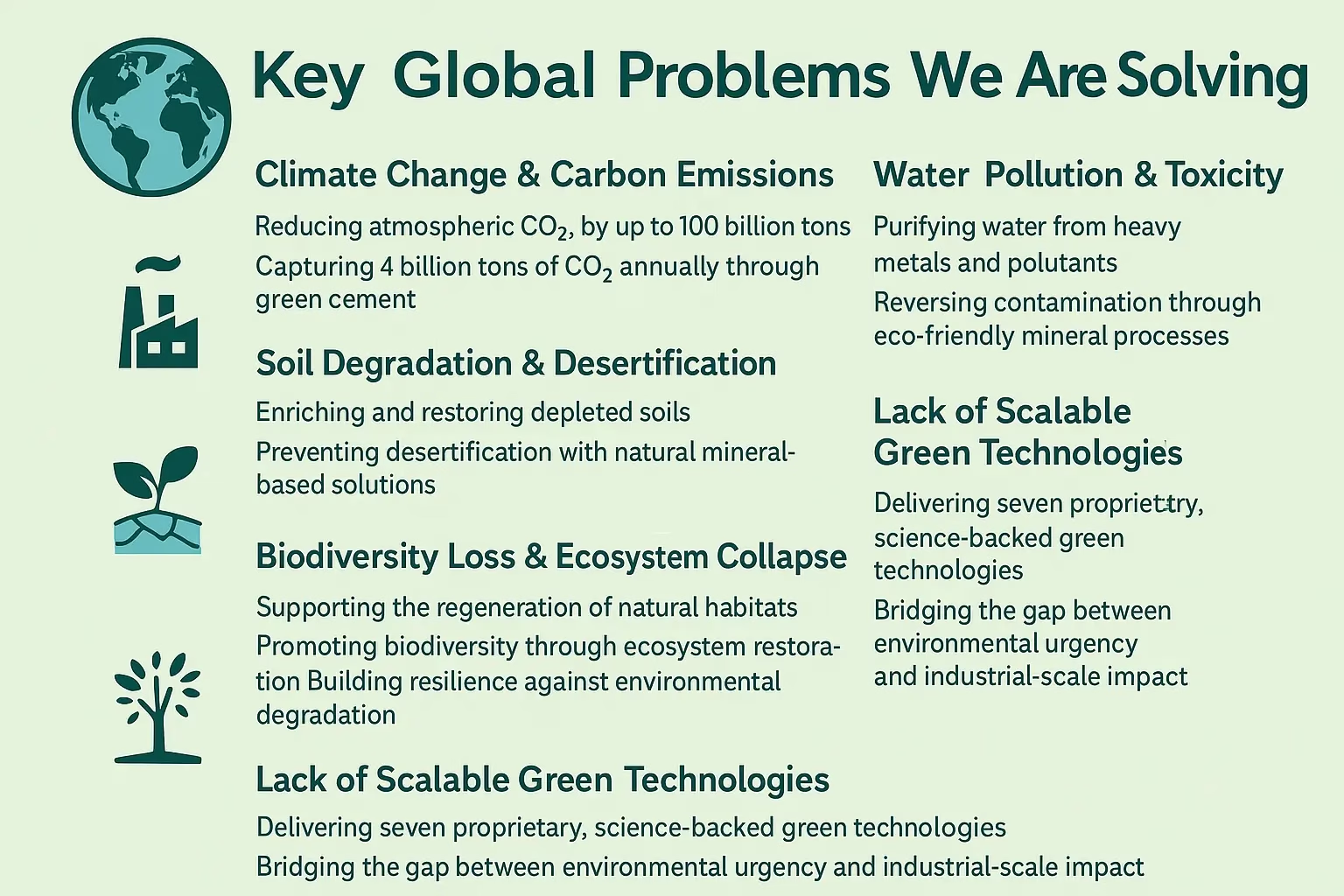
The Green Stone That Could Save the Planet:
Among the myriad threats, heavy metal contamination poses an insidious challenge. Lead, cadmium, chromium, mercury, nickel, zinc, and arsenic, these silent killers infiltrate waters through industrial runoff, mining activities, and atmospheric deposition. They bioaccumulate in marine food webs, degrade biodiversity, and threaten human health worldwide.
Amid this daunting environmental panorama emerges a transformative beacon: magnesium olivine, a mineral of ancient origins and unparalleled promise.
Albanian Minerals: Guardians of the World’s Largest Green Magnesium Olivine Reserves
At the forefront of this mineral revolution is Albanian Minerals, custodian of the planet’s largest and highest-quality reserves of green magnesium olivine. These reserves are not mere geological curiosities but a strategic natural asset, one capable of addressing some of the most urgent environmental challenges facing humanity.
Albanian Minerals has quietly advanced research and development on harnessing this abundant mineral to deliver permanent CO₂ sequestration, ocean acidification remediation, and heavy metal detoxification, all through a sophisticated synergy of mineral science and renewable ocean energy. This work continues in stealth mode along one of the world’s most breathtaking beaches in Albania, far from public scrutiny, to perfect this groundbreaking environmental technology.
Olivine: Nature’s Multifunctional Green Catalyst
Olivine’s chemical and physical properties make it uniquely suited to environmental restoration:
Permanent Carbon Capture: Through natural weathering, olivine reacts with dissolved CO₂ to form stable magnesium carbonate minerals, effectively sequestering carbon on geological timescales.
Ocean Alkalinity Enhancement: By increasing seawater pH, olivine counters ocean acidification, a phenomenon that undermines marine ecosystems globally.
Heavy Metal Remediation: Olivine’s surface and crystal lattice facilitate the adsorption, ion exchange, and precipitation of toxic heavy metals, transforming them into inert, immobile forms.
The Menace of Heavy Metals: A Global Toxic Legacy
Heavy metals pose a multifaceted threat to aquatic and terrestrial life:
Lead (Pb²⁺): A potent neurotoxin, especially damaging to children’s development.
Cadmium (Cd²⁺): Carcinogenic and harmful to kidney function.
Chromium (Cr⁶⁺): Highly toxic and carcinogenic, capable of causing severe environmental and health damage.
Mercury (Hg²⁺): Among the most dangerous neurotoxins, mercury bioaccumulates and biomagnifies, devastating aquatic food webs and human health.
Copper (Cu²⁺): Toxic to many aquatic organisms, disrupting ecosystems.
Nickel (Ni²⁺): Harmful in elevated concentrations, affecting aquatic species.
Zinc (Zn²⁺): Toxic at high levels, interfering with aquatic life.
Arsenic (As³⁺ / As⁵⁺): Dangerous even at trace concentrations, with serious health implications.
These metals persist in the environment, resist degradation, and enter food chains, compounding risks over time.
Olivine’s Multifaceted Mechanisms in Heavy Metal Detoxification
The magic of olivine lies in its multifaceted chemical interactions with heavy metals, which include:
Adsorption: Heavy metals adhere to the olivine’s reactive surface, effectively removing them from aqueous solution.
Ion Exchange: Toxic metal ions (e.g., Pb²⁺, Cd²⁺, Hg²⁺) replace magnesium or iron ions in olivine’s crystal structure, locking them into stable mineral matrices.
Precipitation: By raising local pH, olivine induces metals to form insoluble hydroxides and carbonates, which precipitate out of solution.
Redox Reactions: The iron (Fe²⁺) present in olivine can chemically reduce certain metals (e.g., Cr⁶⁺ to Cr³⁺), converting them into less toxic and less mobile forms.
This dynamic chemistry makes olivine a natural, sustainable, and versatile agent for purifying waters contaminated by a broad spectrum of toxic metals.
In-Depth Mechanisms of Heavy Metal Remediation by Olivine
Heavy Metal Toxicological Profile Olivine’s Mechanistic Role & Chemical Transformation Lead (Pb²⁺)A potent neurotoxin, especially harmful during neurodevelopment stages in children. Lead ions readily adsorb onto olivine’s reactive surface sites and precipitate as insoluble lead hydroxide [Pb(OH)₂] under alkaline conditions, effectively immobilizing the metal and reducing its bioavailability.
Cadmium (Cd²⁺)Known carcinogen with significant nephrotoxic effects. Cadmium undergoes surface adsorption followed by precipitation as cadmium hydroxide [Cd(OH)₂], facilitated by the elevated pH environment induced by olivine weathering, thereby mitigating cadmium’s mobility and toxicity.
Chromium (Cr⁶⁺)Highly carcinogenic and mutagenic, chromium(VI) poses severe environmental risks. Iron(II) ions within olivine’s lattice mediate the reductive transformation of hexavalent chromium (Cr⁶⁺) to the less toxic and less soluble trivalent form (Cr³⁺), which subsequently precipitates as stable chromium hydroxides, substantially lowering its environmental hazard.
Mercury (Hg²⁺)Among the most hazardous neurotoxins, mercury bioaccumulates and biomagnifies in aquatic food chains. Mercury ions exhibit strong adsorption affinity for olivine surfaces, while ion exchange processes embed Hg²⁺ ions into the mineral structure, effectively sequestering mercury and disrupting its bioaccumulation pathways.
Copper (Cu²⁺)Toxic to many aquatic organisms, disrupting ecosystem balance. Copper ions are adsorbed onto olivine surfaces and precipitate as copper hydroxides under elevated pH, reducing aqueous copper concentrations and alleviating toxic stress on aquatic biota.
Nickel (Ni²⁺)Toxic at elevated concentrations, adversely affecting aquatic species. Nickel ions are effectively adsorbed and immobilized within olivine’s crystal matrix, limiting nickel bioavailability and toxicity. Zinc (Zn²⁺)Excess zinc disrupts aquatic ecosystems and organismal health. Zinc precipitates as zinc hydroxide [Zn(OH)₂] and is concurrently adsorbed onto olivine surfaces, diminishing dissolved zinc levels in contaminated waters.
Arsenic (As³⁺/As⁵⁺)Highly toxic even at trace concentrations, posing significant health risks. While olivine’s direct adsorption capacity for arsenic is limited, secondary iron oxide phases formed during olivine weathering provide sorption sites, facilitating partial immobilization and reduction of arsenic mobility.
Transforming Ocean Chemistry: From Acidification to Alkalinity
Ocean acidification, caused by excess dissolved CO₂ lowering seawater pH, has devastating impacts on coral reefs, shellfish, plankton, and the entire marine food web. Olivine’s weathering releases magnesium ions and consumes protons, thereby raising ocean alkalinity and pH, counteracting acidification, and promoting the formation of carbonate minerals critical for shell-forming organisms.
Harnessing the Power of Wave Energy for Sustainable Deployment
Albanian Minerals’ pioneering technology uniquely integrates the kinetic energy of ocean waves to enhance olivine weathering rates naturally, reducing energy inputs and costs. This green synergy, combining mineral science with ocean dynamics, represents a paradigm shift in environmental remediation.
Minerals are extracted using energy-efficient methods, transported via electric trains and eco-conscious shipping, and then strategically deployed in marine environments where wave action accelerates their beneficial reactions.
Beyond Carbon Capture: Replenishing Nutrients and Restoring Ecosystems
Olivine weathering not only captures CO₂ but also replenishes essential magnesium and trace minerals depleted by pollution and overuse. These nutrients support primary productivity, the base of aquatic food webs, and help restore the vitality of ecosystems ravaged by industrialization.
Albanian Minerals: A Stewardship for a Sustainable Future
With the world’s largest, highest-grade green magnesium olivine reserves under its stewardship, Albanian Minerals stands uniquely poised to deliver a scalable, cost-effective, and permanent solution to global CO₂ emissions, ocean acidification, and toxic metal contamination.
This mineral revolution is not a distant dream but an imminent reality—with one ton of olivine capable of permanently sequestering one ton of CO₂, while simultaneously detoxifying waters and revitalizing marine and terrestrial environments.
This transformative work is currently unfolding in stealth mode along Albania’s pristine coastline, where scientific rigor meets environmental stewardship far from public gaze.
A Vision for the 21st Century and Beyond
The Magnesium Olivine-based Natural Green Wonder embodies a holistic environmental strategy:
100% natural, sustainable, and eco-friendly
100% efficient at CO₂ sequestration and permanent storage
100% effective in heavy metal remediation across diverse ecosystems
100% committed to reversing land desertification and water pollution
100% enhancing biodiversity, productivity, and planetary health
In safeguarding the vitality of water, soil, and air, Albanian Minerals invites the world to join in ushering a new epoch of environmental innovation, one where mineral science harmonizes with natural processes to secure the future of life on Earth.
Closing Reflections: A Symphony of Science and Nature
In the poetry of planetary renewal, olivine emerges as a lyrical note, a green miracle forged over eons, now entrusted to human ingenuity. Its crystalline lattice holds not just metal ions, but the promise of restored seas, purified waters, and a climate healed from the ravages of excess carbon.
Through Albanian Minerals’ stewardship and visionary science, this ancient mineral becomes a modern hero, a cornerstone of sustainable progress, and a testament to the power of nature and innovation intertwined. Together, we stand at the threshold of transformation, where the green mineral revolution promises a cleaner ocean, a cooler climate, and a world in which life thrives anew.
“Olivine is more than just a mineral; it is nature’s timeless gift—an ancient alchemy forged in Earth’s fiery heart, now awakening to restore balance to our planet. At Albanian Minerals, we see in olivine not just a resource, but a revolution—one that will heal our waters, cleanse our soils, and capture the very breath of our atmosphere. This is our moment to harmonize human ingenuity with Earth’s enduring wisdom and forge a greener, cleaner legacy for generations to come.”
— Sahit Muja, CEO, Albanian Minerals

